Are we capable of looking beyond our own personal comfort, putting our previous views and behaviors in perspective and reflecting on what we can do to mitigate these devastating effects of climate change? I hope so. And depending on where you happen to live, seasonal changes can be minimal or extreme, but it is good to be mindful of the weather beyond our own back yards.
Here in Hawaii, the shifting seasons can be difficult to discern, with only slight changes in rainfall and in the patterns of the tides, waves and marine animal migrations.
However, the tragic wildfire that recently devastated the charming and historic town of Lahaina on the island of Maui was a heartbreaking reminder that hurricane season in Hawaii lasts all summer long. And the ever more present massive storms throughout the world can affect the tides, the wind and the amount or absence of rainfall in far reaching areas. In short, we are all living in one interconnected world.
In California, my former home state, a Mediterranean climate prevailed for centuries with six months of rain from October to April and six months without any rain from late spring through early fall. This predictable climate pattern facilitated the flourishing of grapes, almonds, apricots, citrus fruits, melons, berries, tomatoes and all manner of vegetables. All of that has changed, resulting in wildfires, scorching heat and the devastating effects on water management and crops in America’s most productive agricultural state. I wrote this haiku below only two years ago in September when I returned to Northern California for my sister Margaret’s memorial service before the recent atmospheric rivers and unprecedented high temperatures played havoc with California’s farming traditions.
On California Highway 1
I am guessing that every person who reads this blog has been affected by extreme and unprecedented weather events in recent years. While change is inevitable, such drastic and unexpected changes can cause stress, anxiety and grief.
While all of us have to deal with sorrow and loss at some point in our lives, we can find consolation in quiet moments, in silence and in the lingering beauty of dawn and twilight. And we can reclaim the simplicity in the ordinary rhythms of life. I have always welcomed September as the quiet month when the seasons shift soundlessly, a time of rest and solitude before the busy excitement of the autumn and winter holidays. September is the time to listen to Mozart, whose golden notes and lyrical melodies will never change. A September dusk offers us moments to sit alone and read a few haiku by Yosa Buson, whose poems linger through the centuries:
Or we can take the time to make a few notes in our journal or write one or two haiku of our own.
In September we can also be kind to ourselves and simplify our daily patterns of responsibility. Many of us carry around unnecessary stress, even in the ordinary tasks such as preparing meals for our families. Some of the loveliest meals are also the simplest. Our website and blogs can help you find healthy and easy options that can transform your September meals into relaxing and happy moments with your loved ones.
Breakfast can become a festive event simply by adding fresh strawberries, blackberries raspberries or blueberries, all available in September, to your usual morning cereal. I strongly recommend my recipe for Home Made Almond Granola in my June 2020 blog. This delicious combination of healthy ingredients that requires only half an hour in the oven, makes a big batch that will lift your family’s breakfast out of the doldrums.
No matter how disturbing the weather or the news may be, we will never give up Afternoon Tea.
We can temporarily pause the elegance of a traditional tea party complete with freshly baked scones, delicate finger sandwiches, savories and meticulously decorated sweets. Like the old couple in the haiku (yes, I’m describing Wayne and myself,) we can focus instead on a special flavor of tea enjoyed with the simplest of snacks. Brightly colored rooibos and hibiscus tea are among our favorites at the moment. These pleasantly flavored herbal teas don’t even require snacks, but they are enjoyable with a few apple slices, a bunch of grapes or a few toasted almonds. Wayne even drinks rooibos tea with popcorn!
I was surprised and delighted recently when my niece, Shana Brenion, sent me a generous supply of Welsh Cakes for my birthday. These traditional tea-time favorites resemble a cross between a mini-scone and a Shortbread Cookie. Shana found these little gems at a Renaissance Fair in Southern California. They are created by The Welsh Baker, a family-owned bakery in Santa Clarita (www.WelshBaker.com,) and they come neatly packaged in little sets of four. Shana was kind enough to send three different flavors, Brandy with Diced Apricots, Currant, and Traditional. All are addictively delicious and require no preparation to perk up your Afternoon Tea-time. Children love them also. Shana’s son Porter, a kindergartener, is a fan. And Giulia, the toddler I babysit when I’m not blogging, writing haiku or traipsing around Japan, recently grabbed a Welsh Cake out of my hand and popped it into her own greedy little gourmet mouth. I let it slide, as I can’t blame anyone for appreciating a tasty snack, especially a baby.
Finally, this September let’s embrace a new trendy snack that has been showing up on breakfast, lunch and dinner menus everywhere: the ridiculously simple Avocado Toast. This new haute cuisine item is basically a piece of toast topped with ripe chopped or smashed avocado with a bit of salt and pepper, maybe a drizzle of olive oil, or perhaps a few other seasonings such as smoked paprika, Sriracha sauce, parsley, sesame seeds or whatever else a local chef may dream up. Wayne and I love Avocado Toast, and we are happy to make it at home, as our gnarly old avocado tree finally produced an avocado that just ripened after months of hanging precariously from a branch. Let’s remind ourselves that avocados do not need to be cooked, and they are easy to handle. Just slice them down the middle and all around through stem and tip, separate the two halves, pop out the pit, and peel each half, as the peel will pull right off, no problem. Avocados are fabulous in guacamole, California Maki Zushi, also known in sushi restaurants as California Roll, and they are great added to any kind of sandwich or even Eggs Benedict. Their mild flavor and smooth, creamy texture invite all kinds of flavorful and crunchy add-ins.
We enjoyed our Avocado Toast at home with Hot and Sour Soup, made by Wayne. We made the simple version on both toasted French rolls and Indian Nan, with just a drizzle of olive oil, freshly ground pepper and Hawaiian sea salt. Next time we might get more creative. I encourage you to let your imaginations soar as we make life easy for ourselves this September.




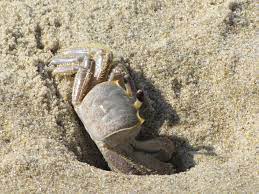



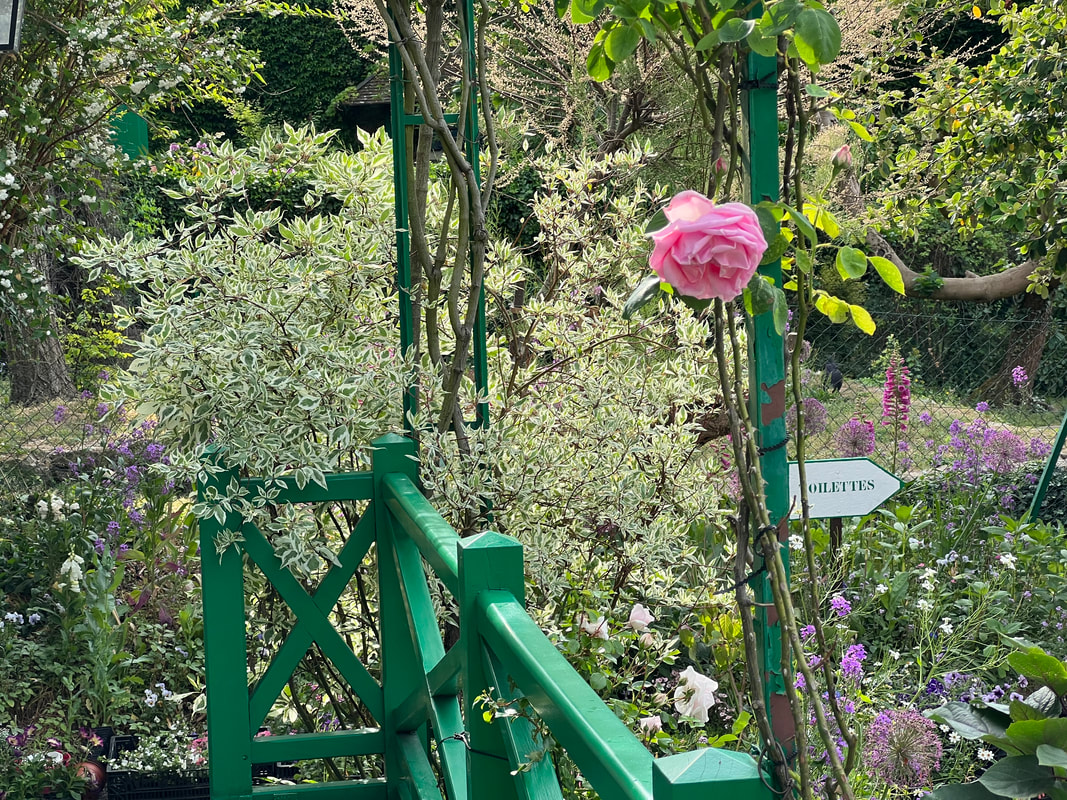
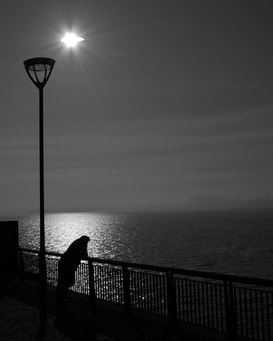
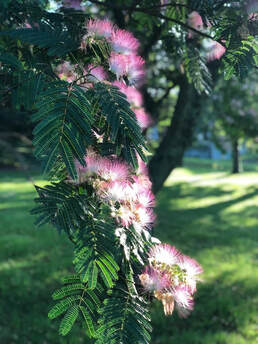

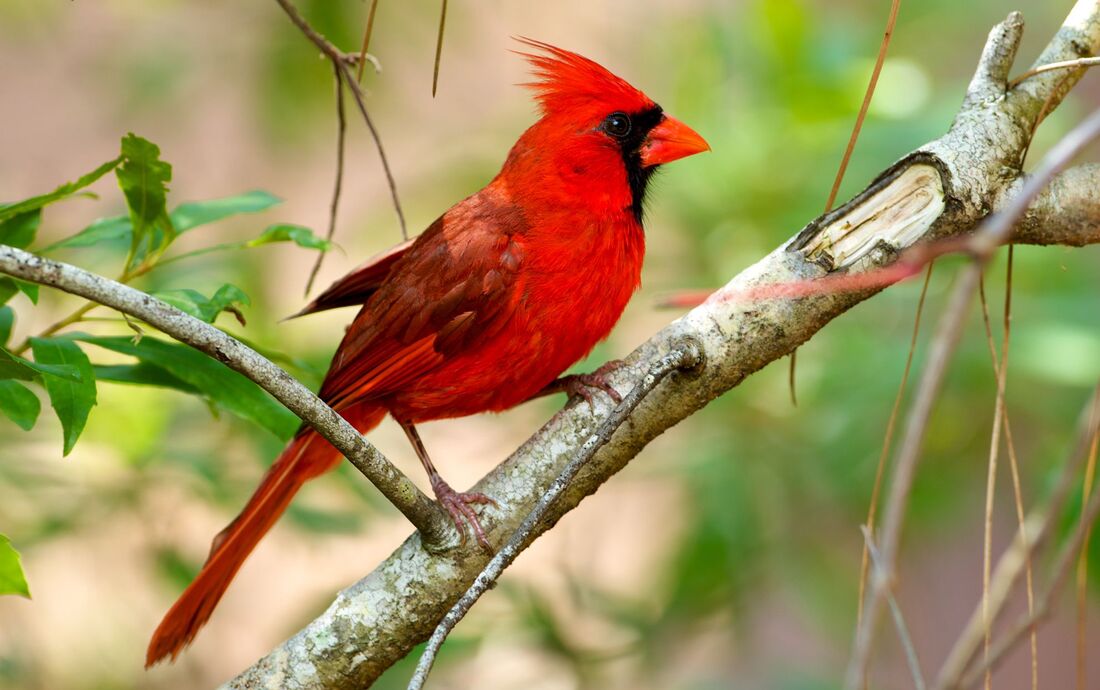
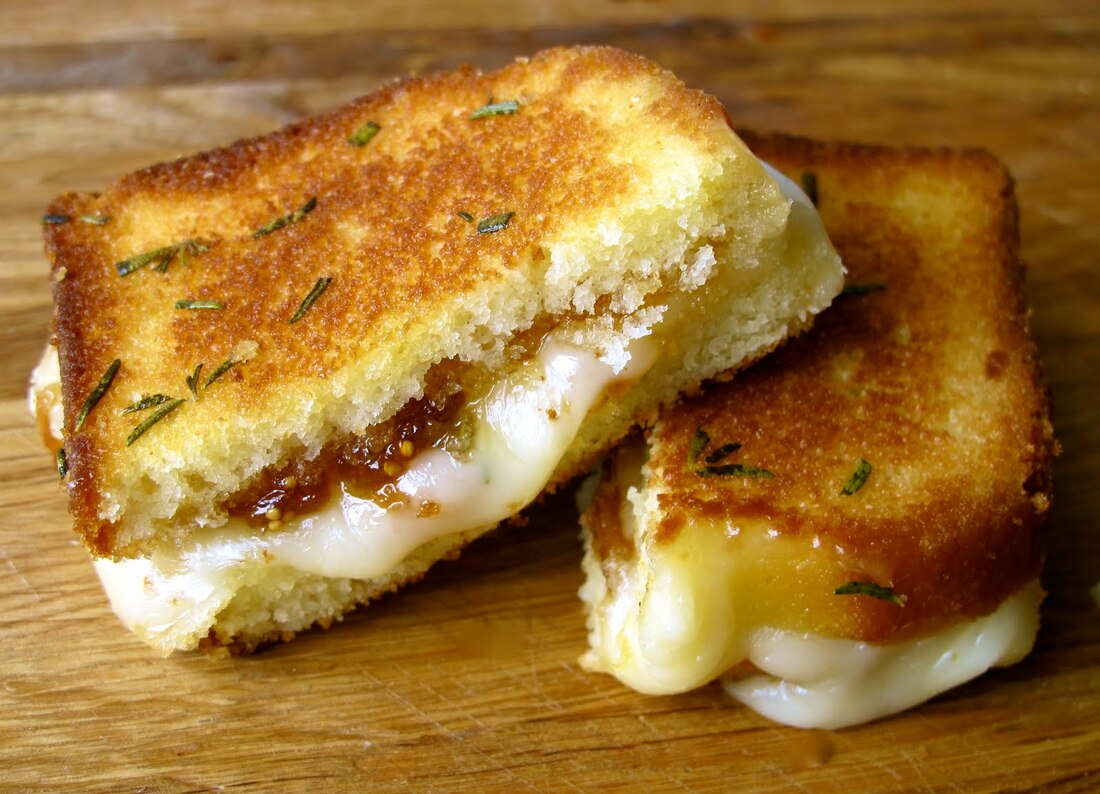
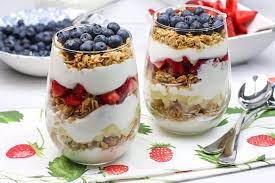

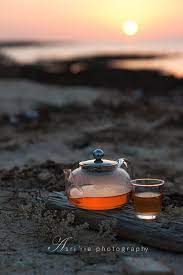
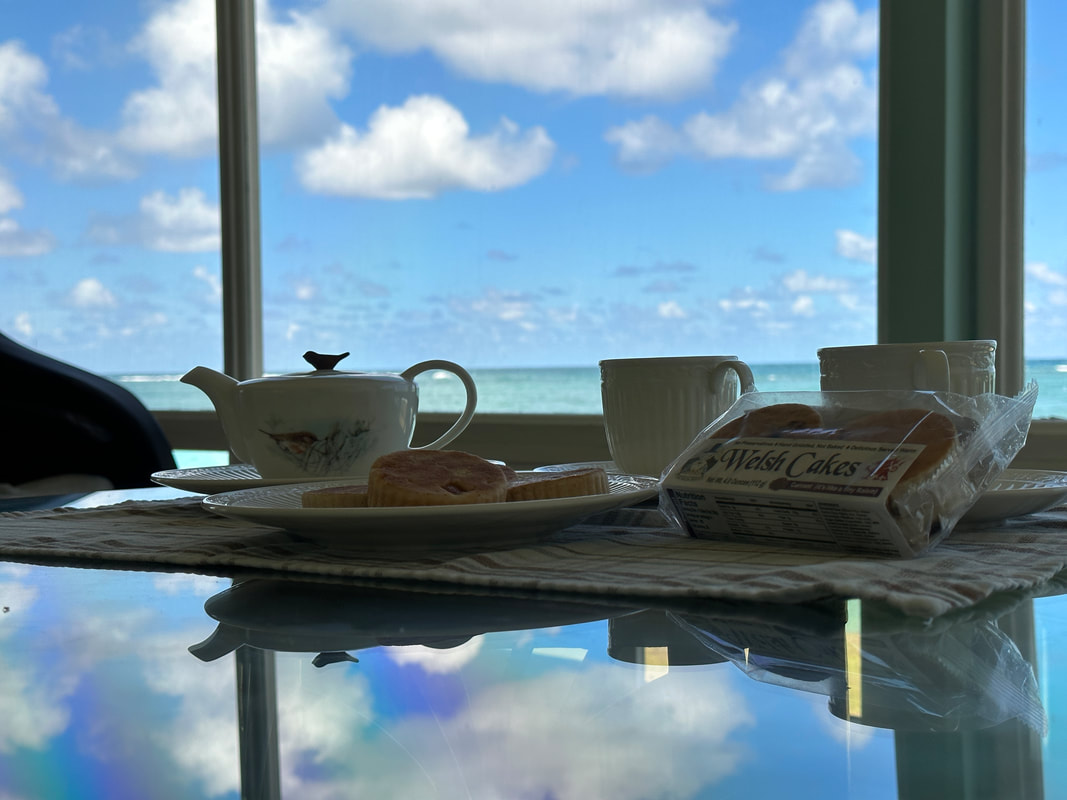
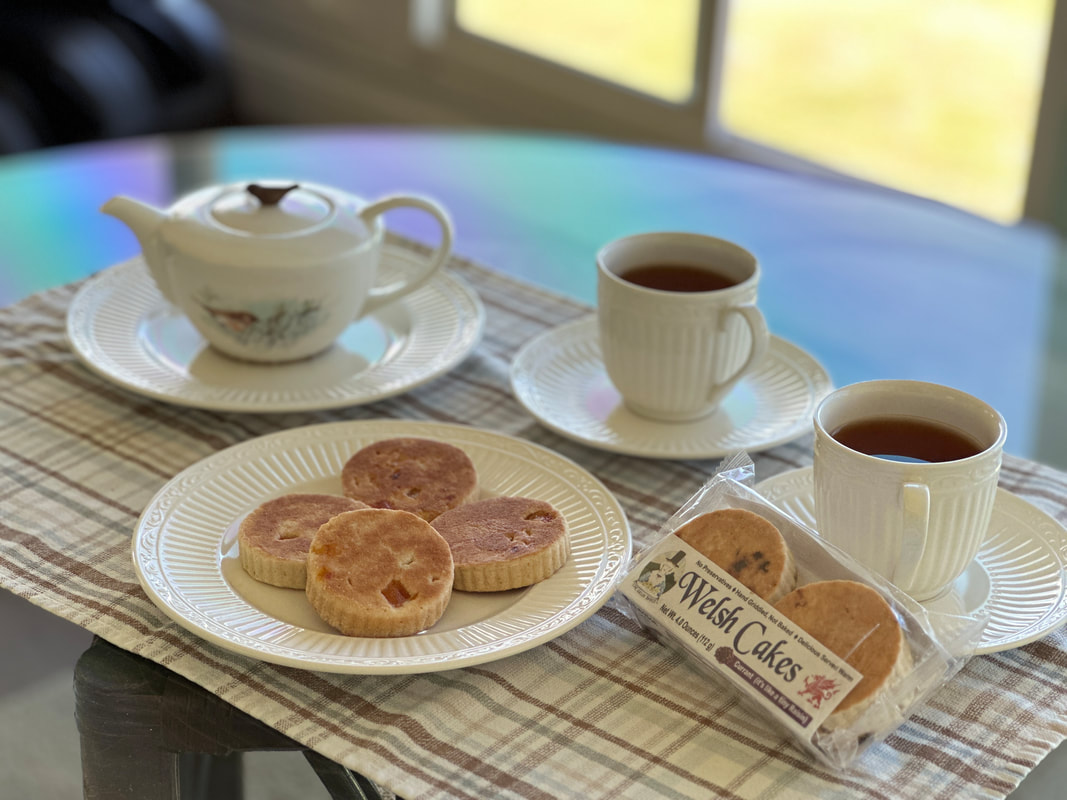


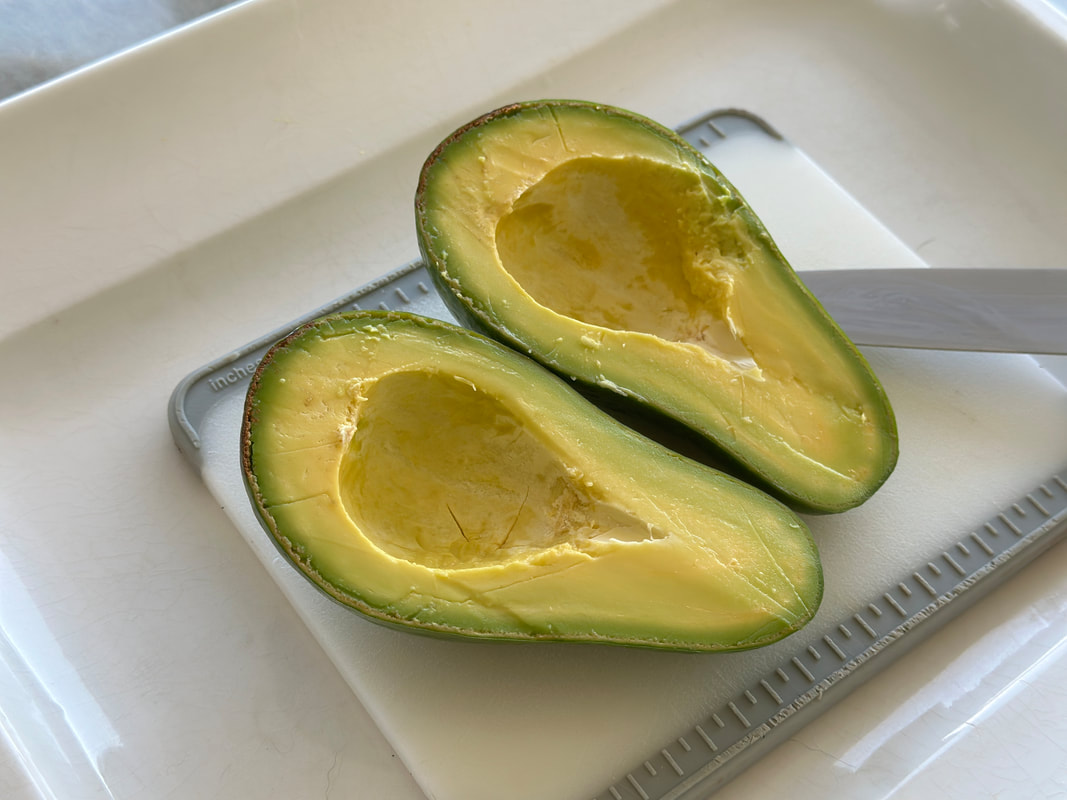
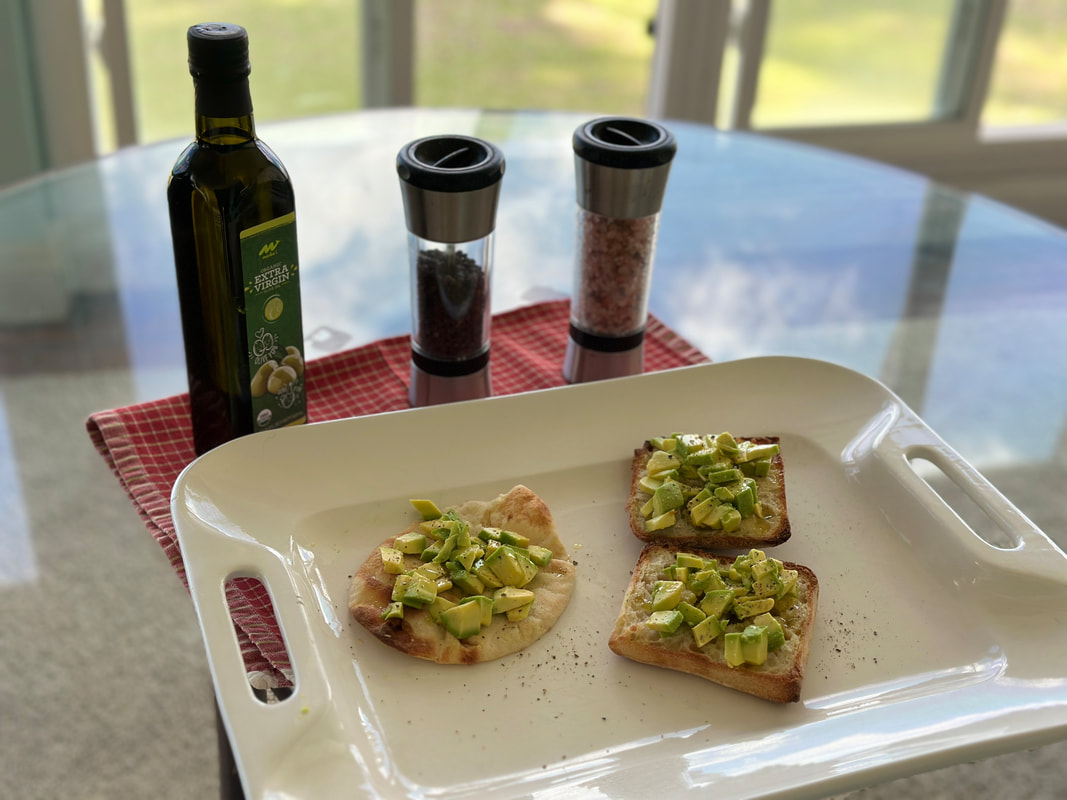


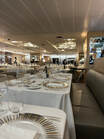



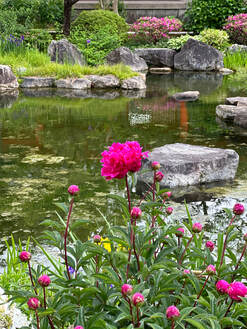



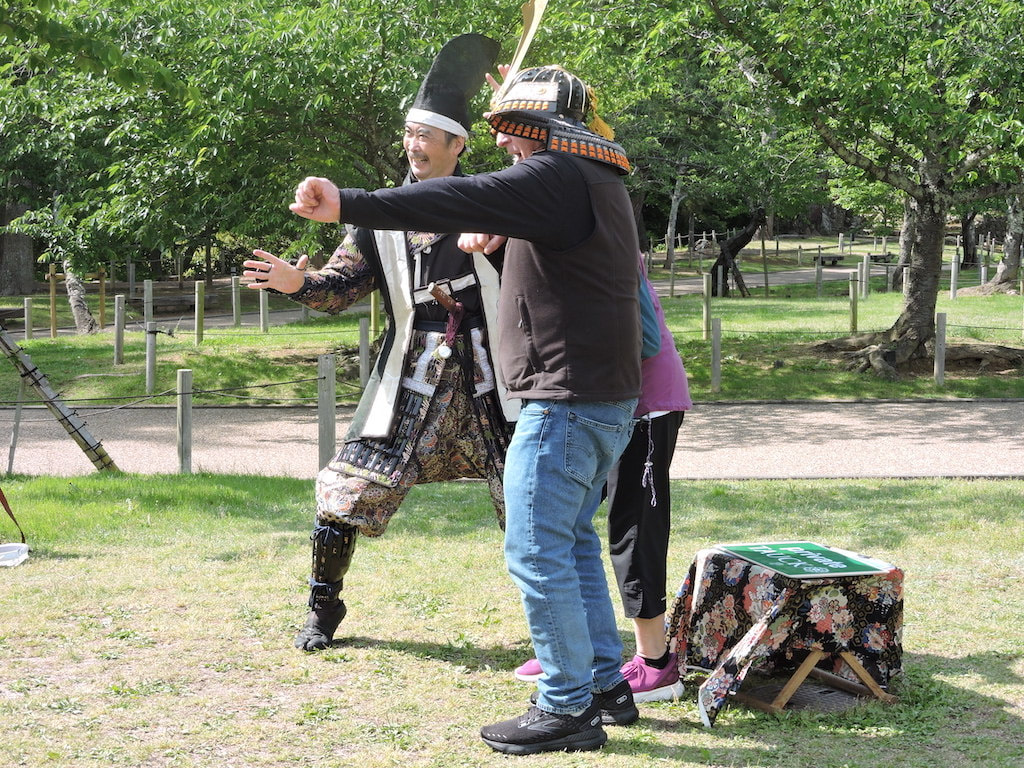

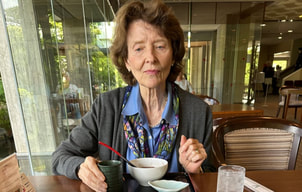


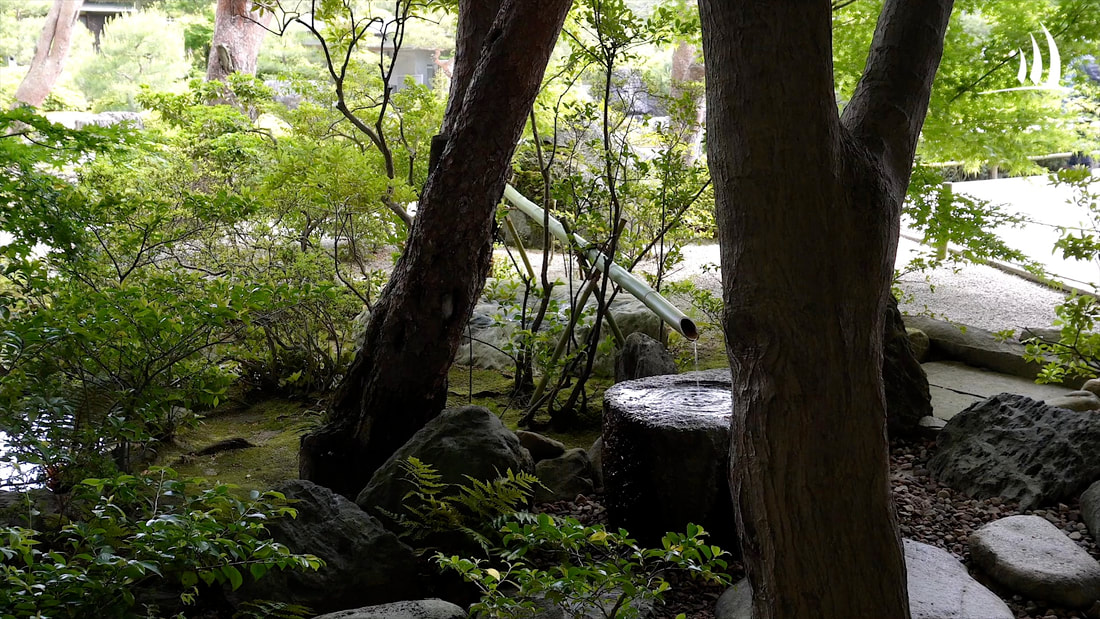
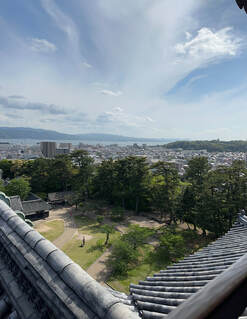




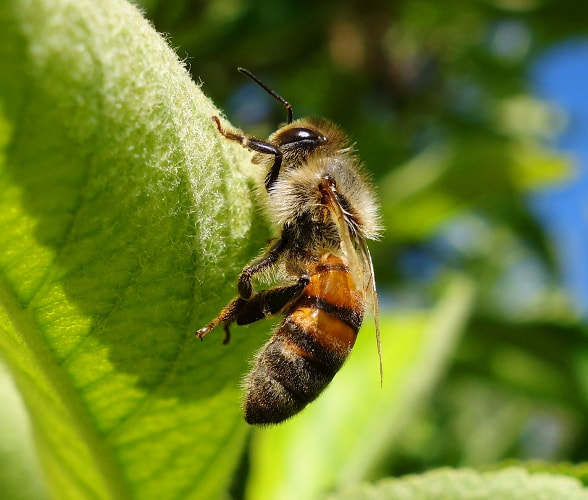


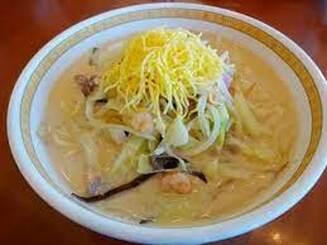
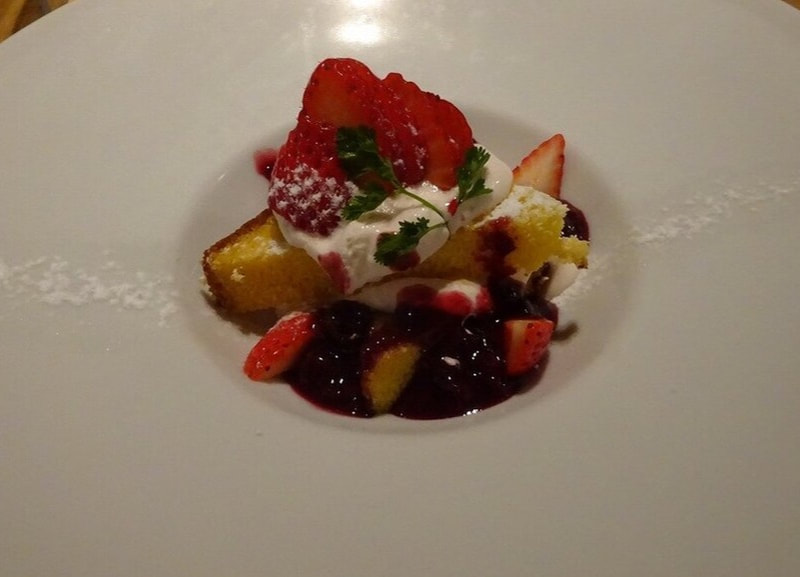

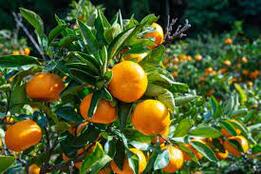
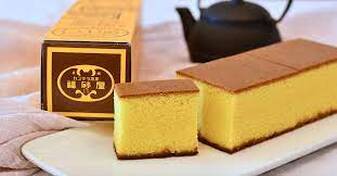



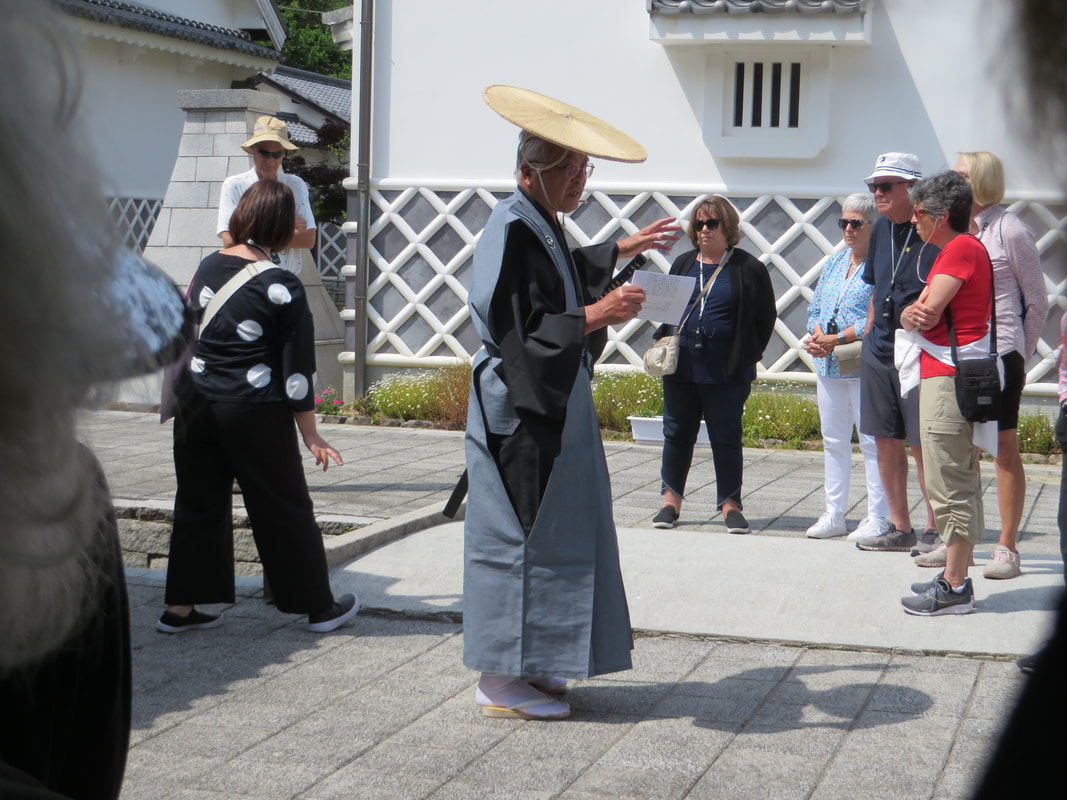
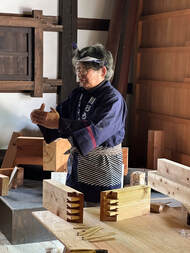

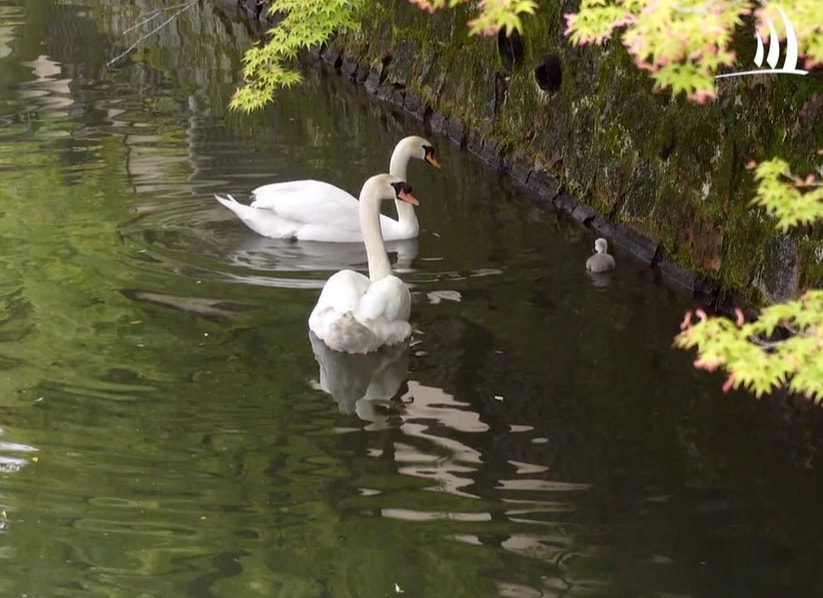



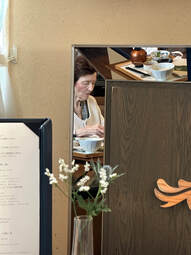
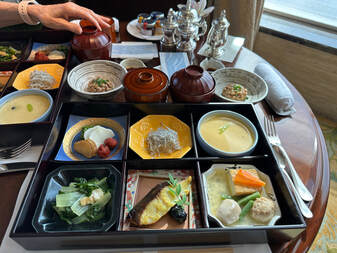
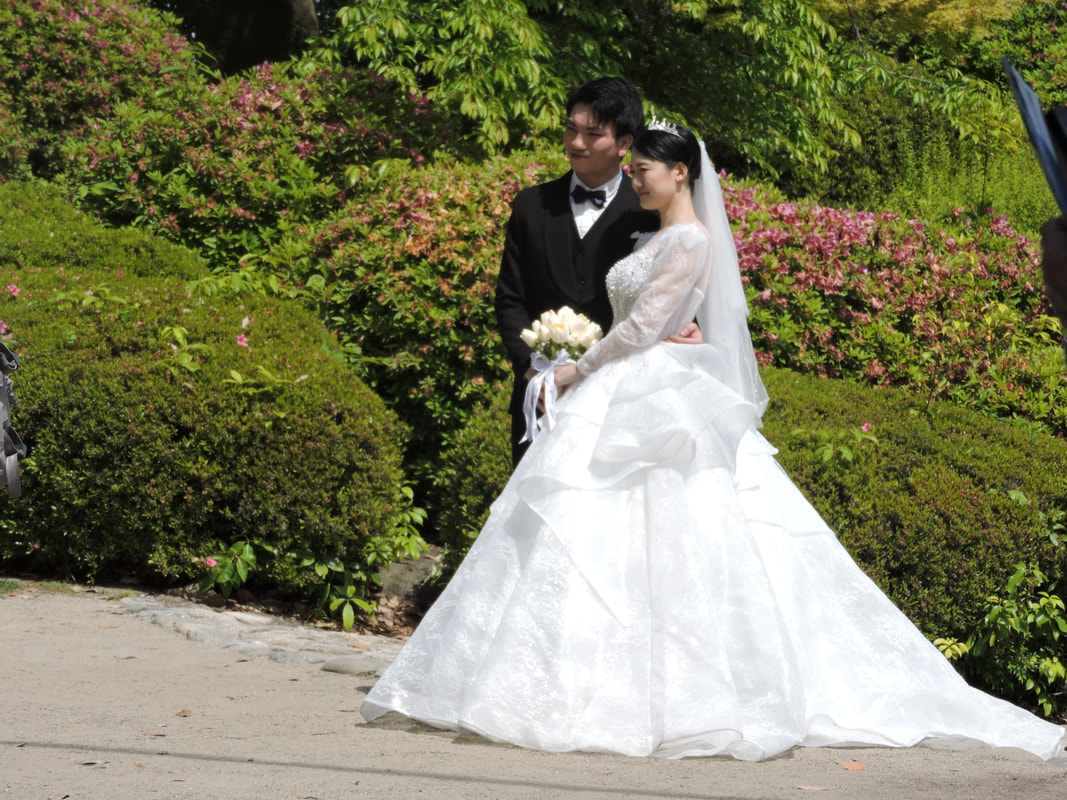

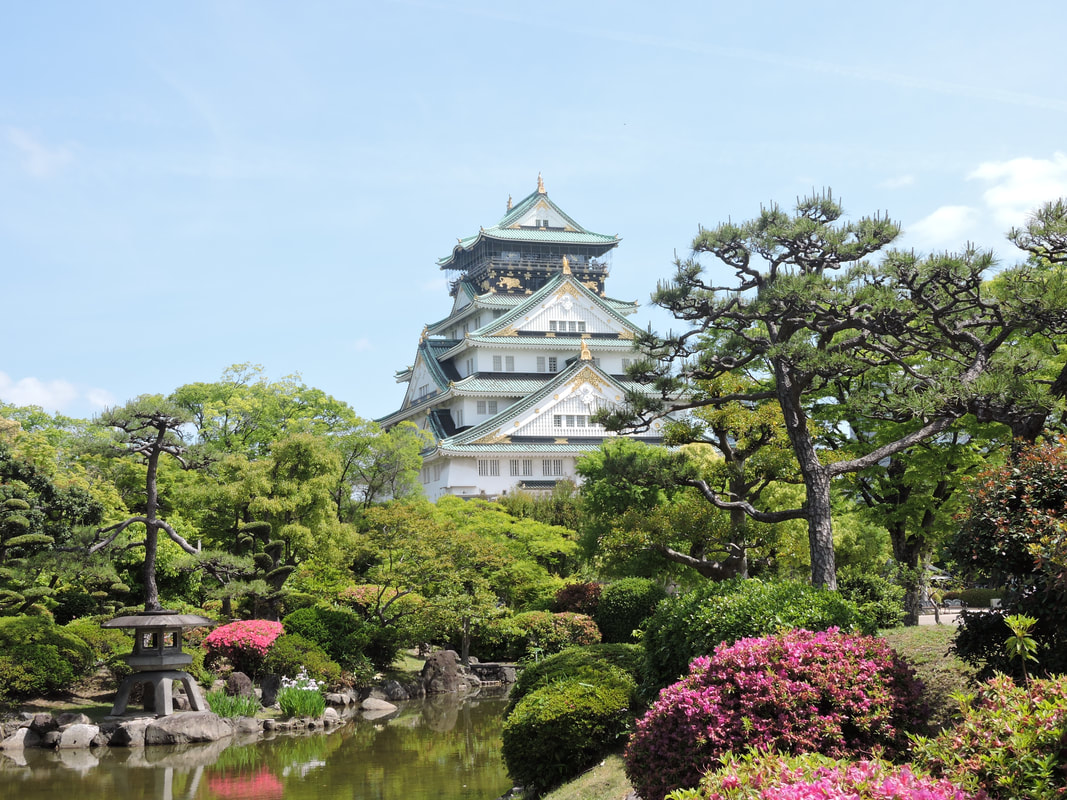







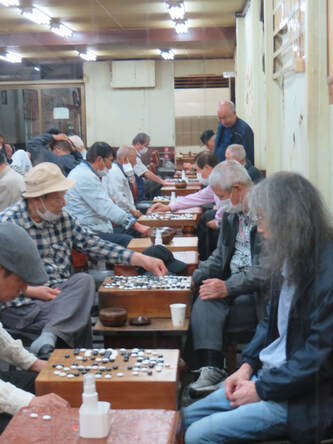
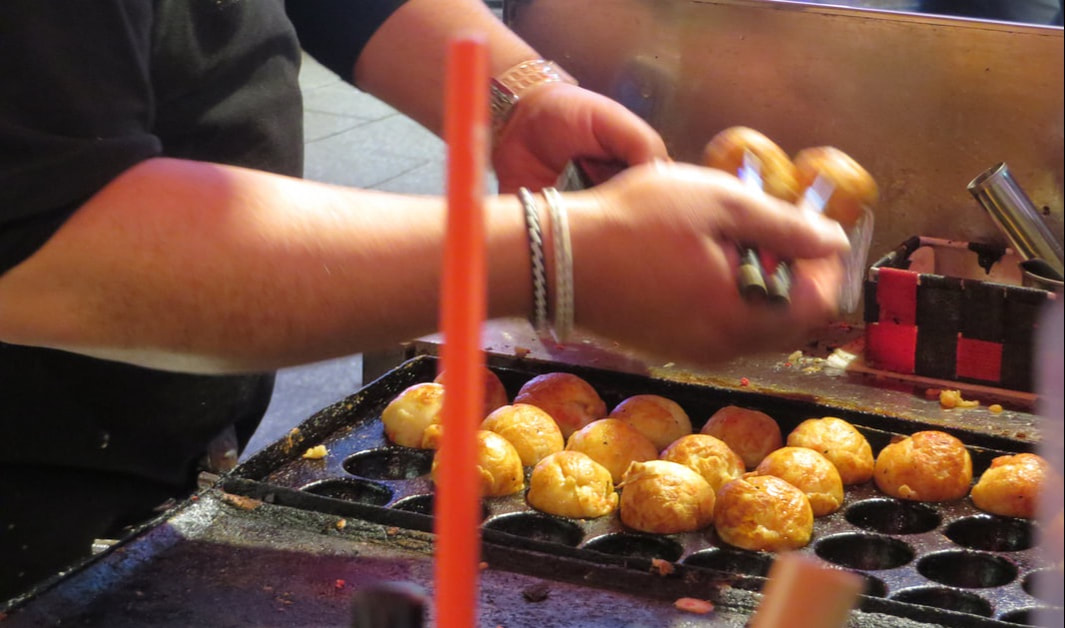
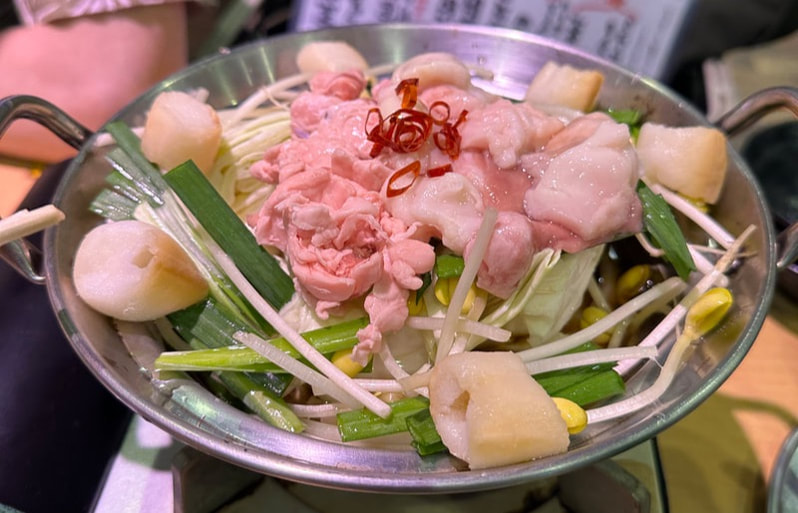


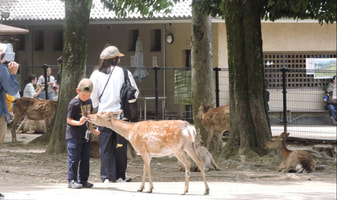

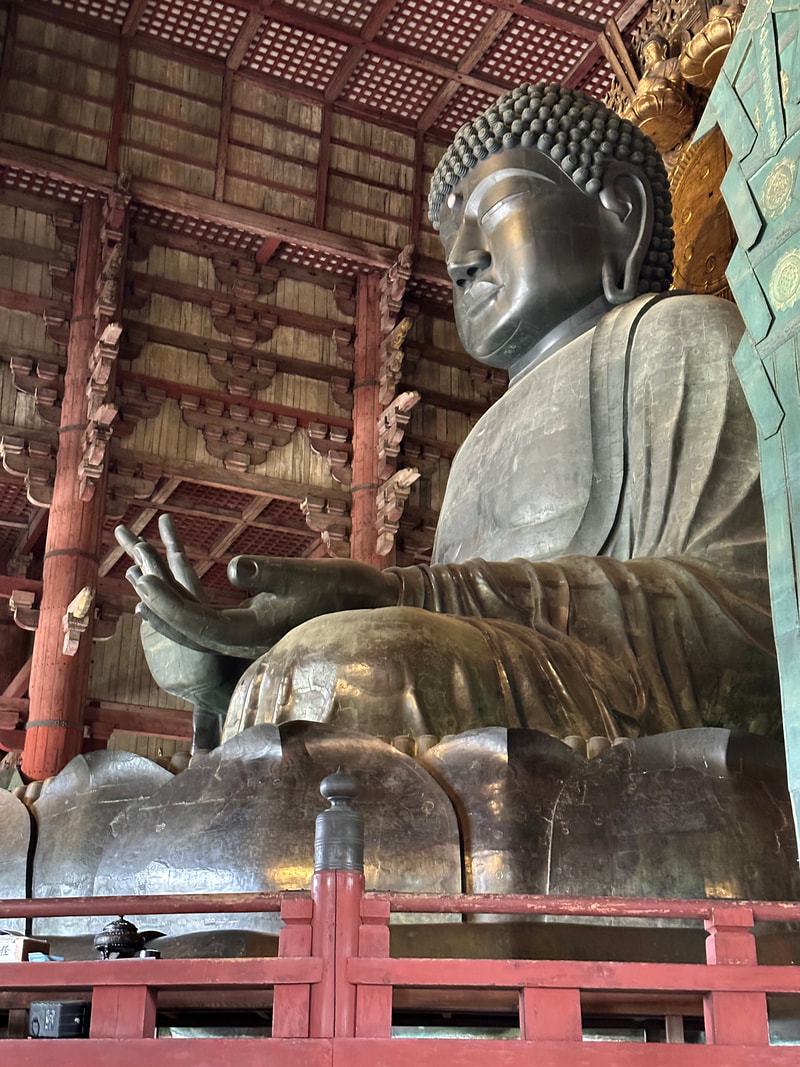



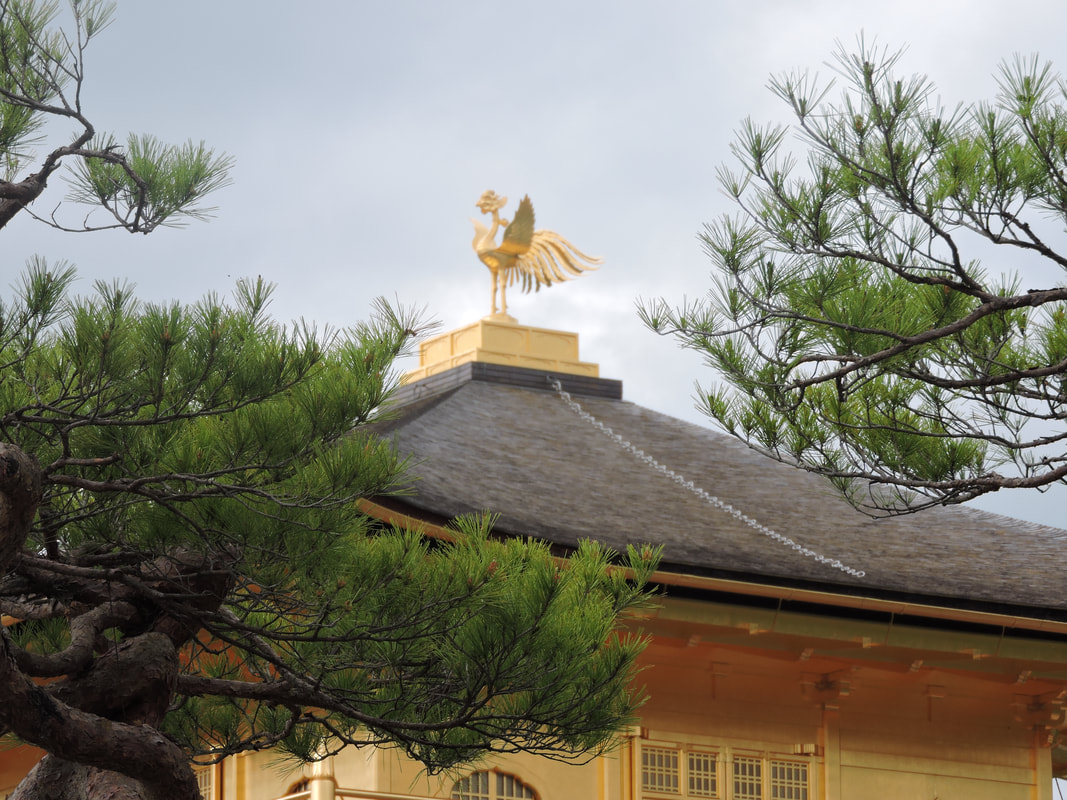

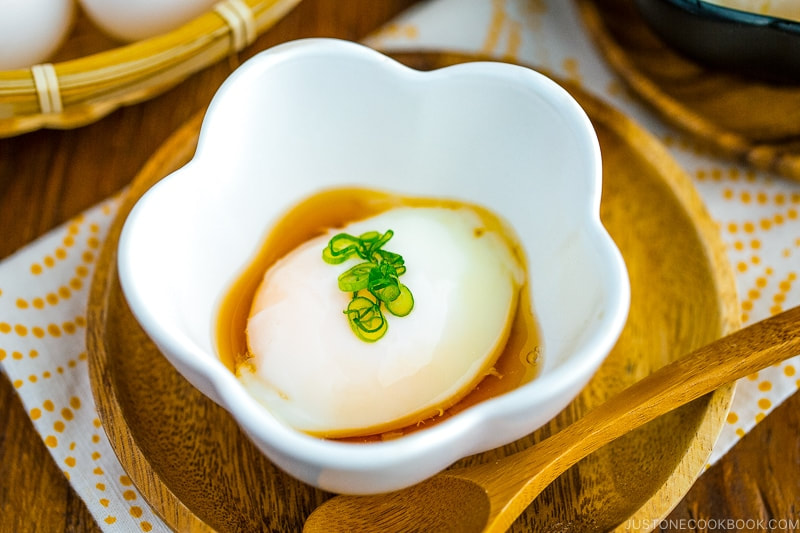
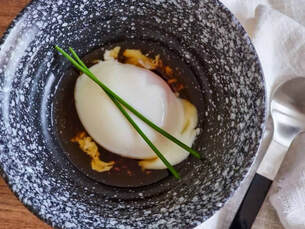
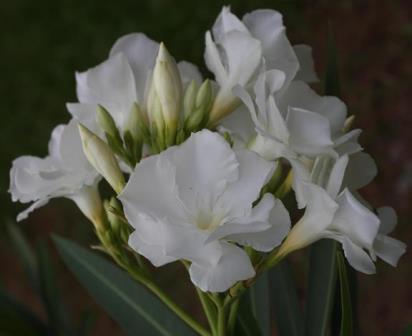





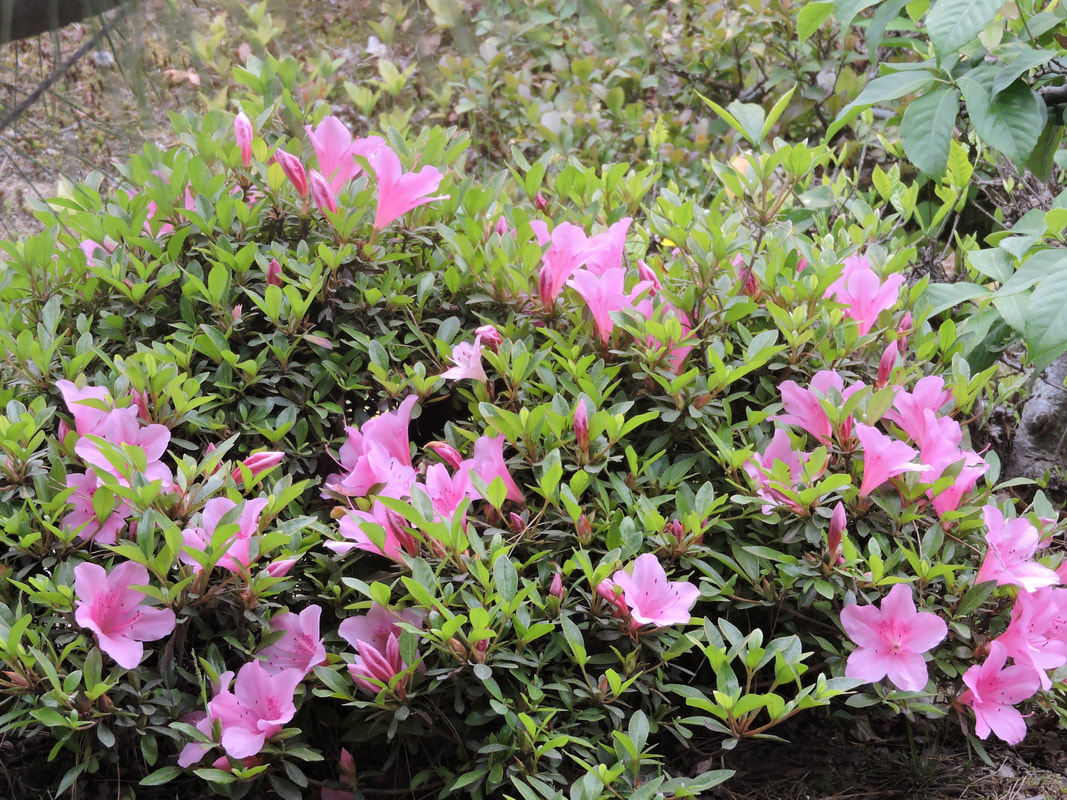
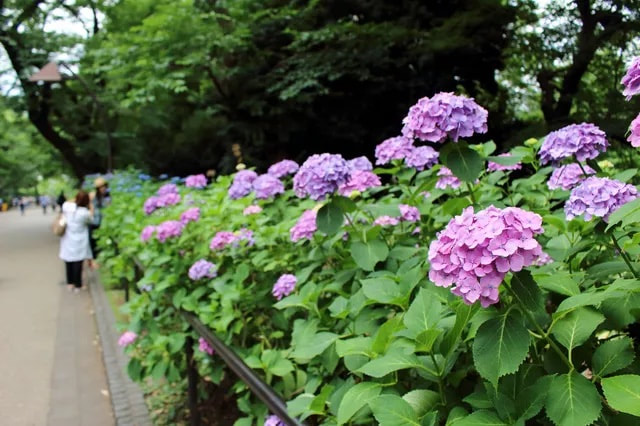
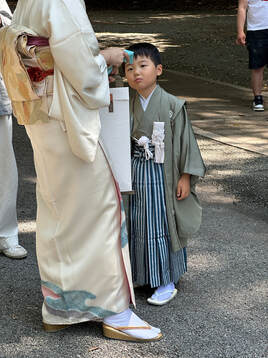
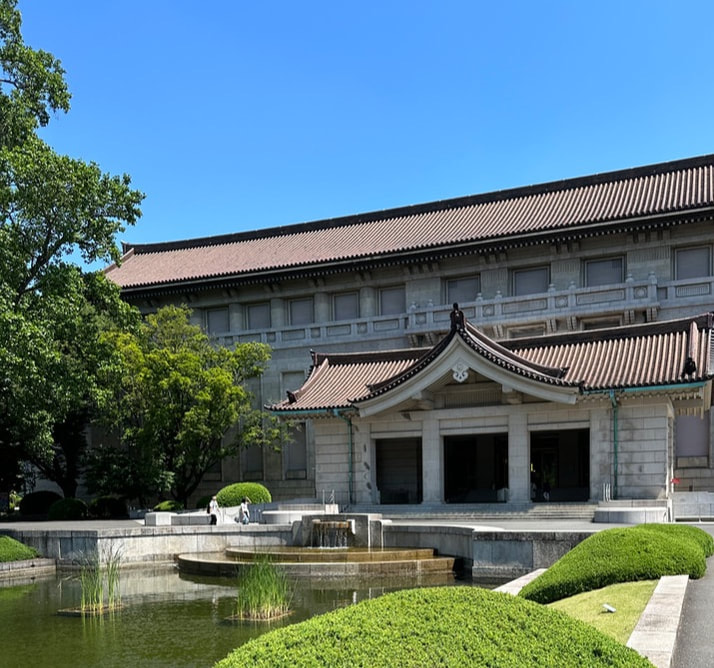



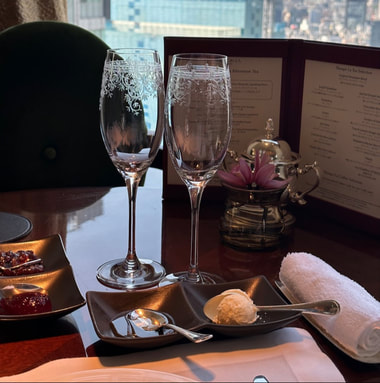
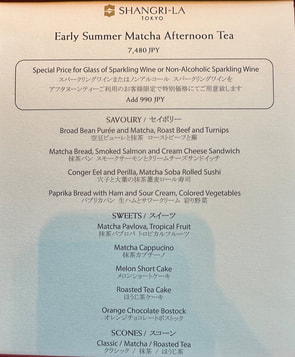
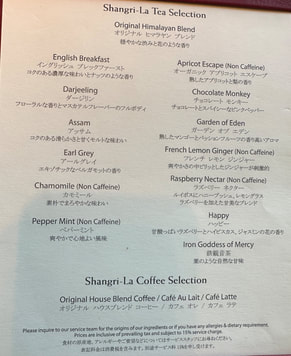
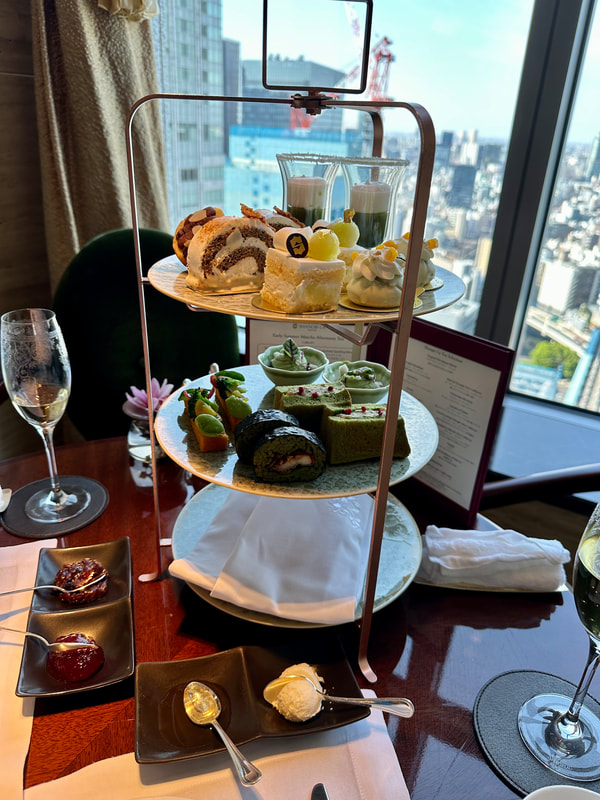
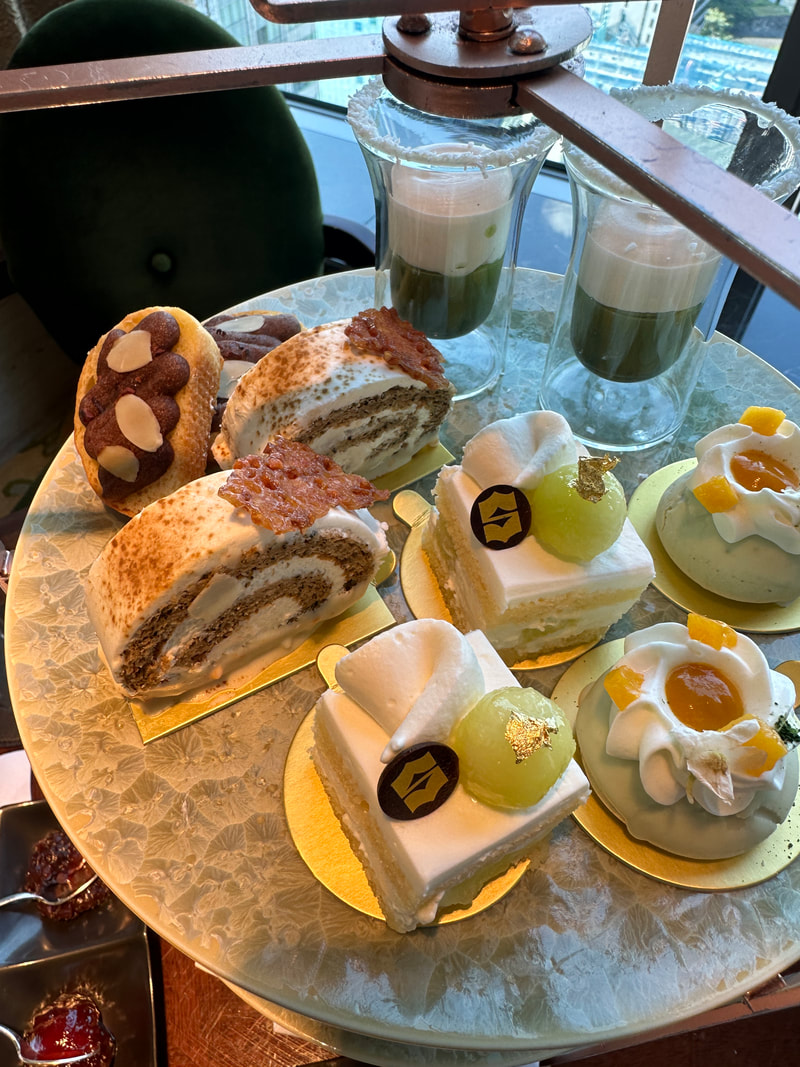
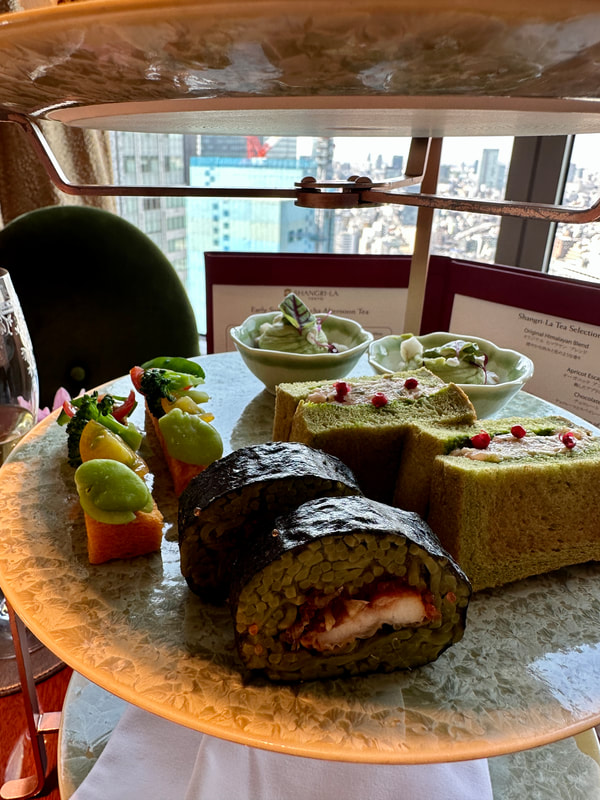
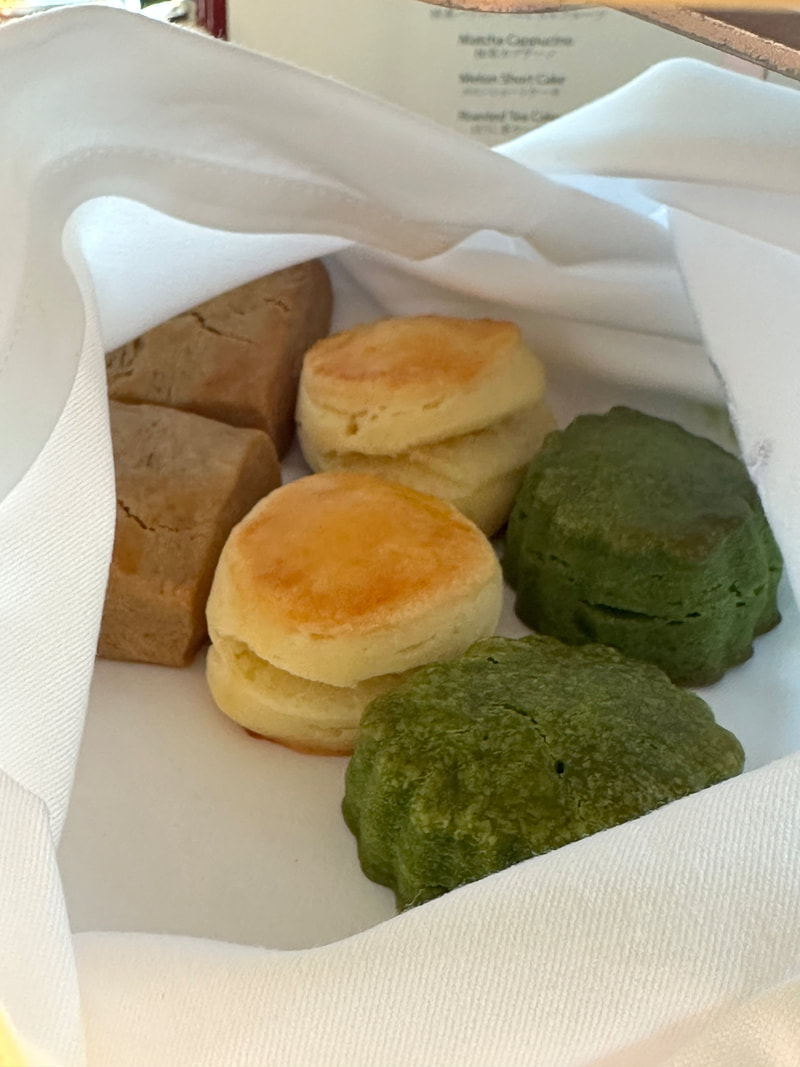
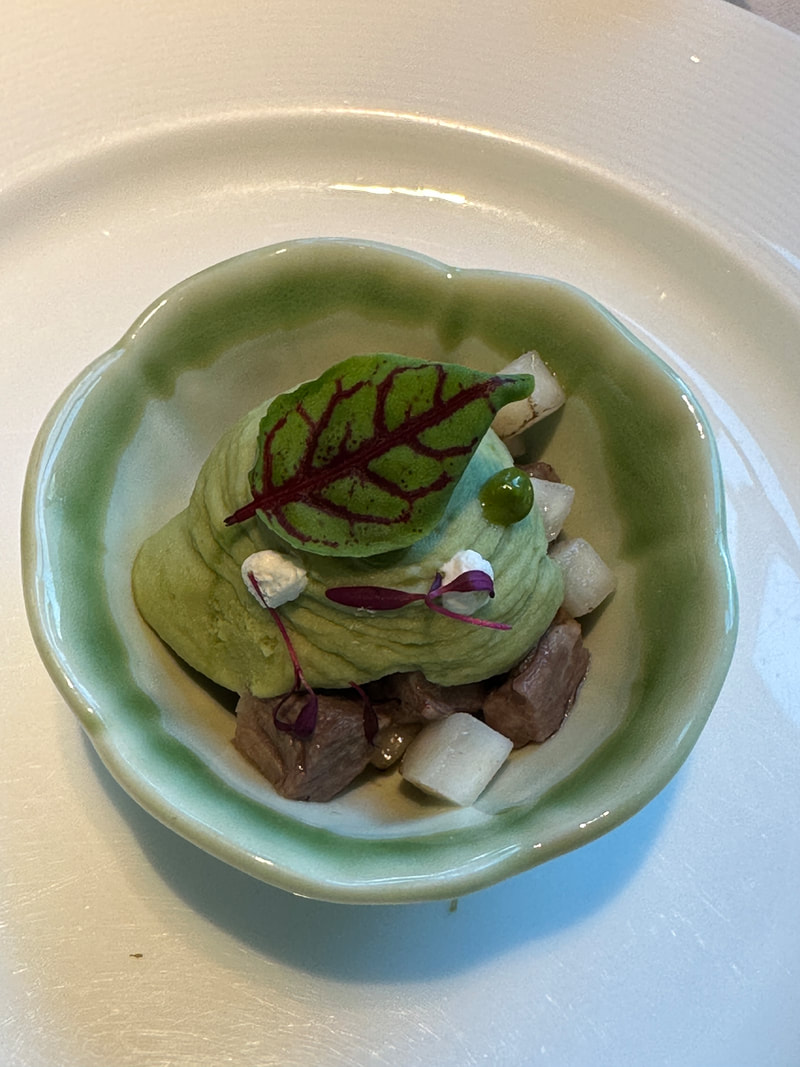

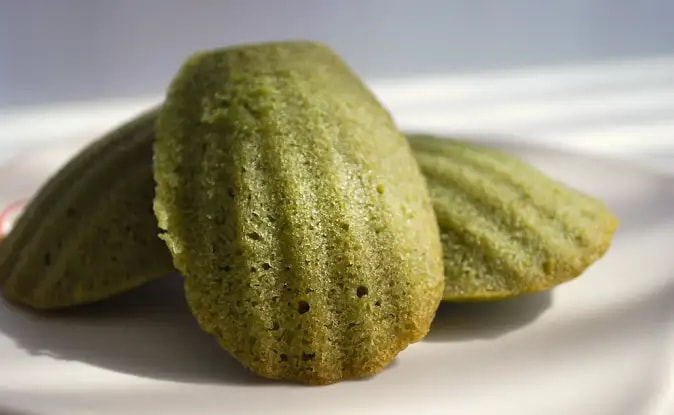

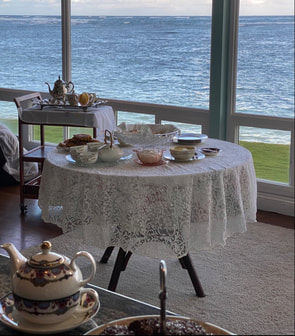




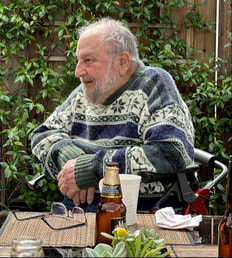










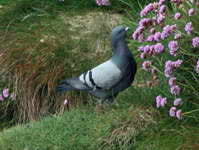
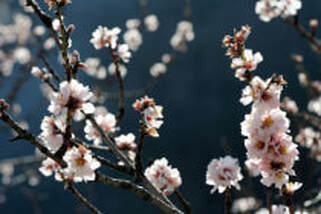

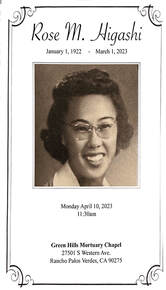
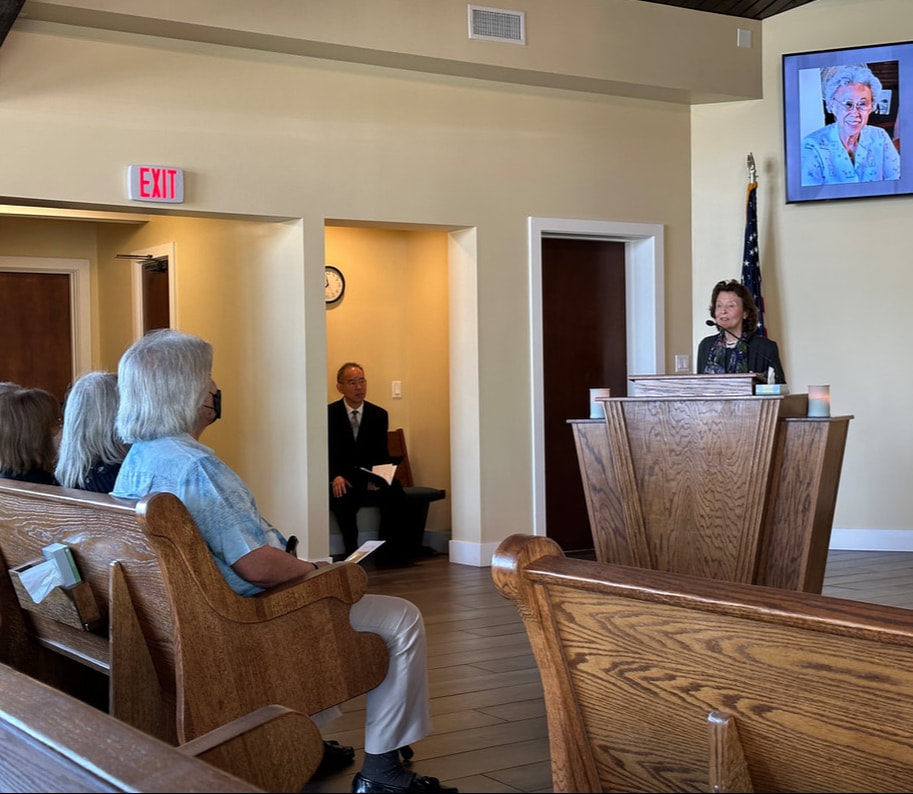
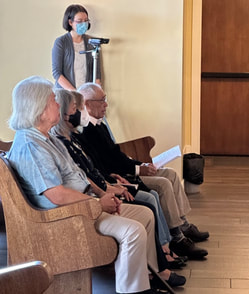

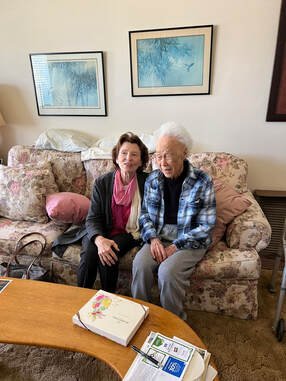
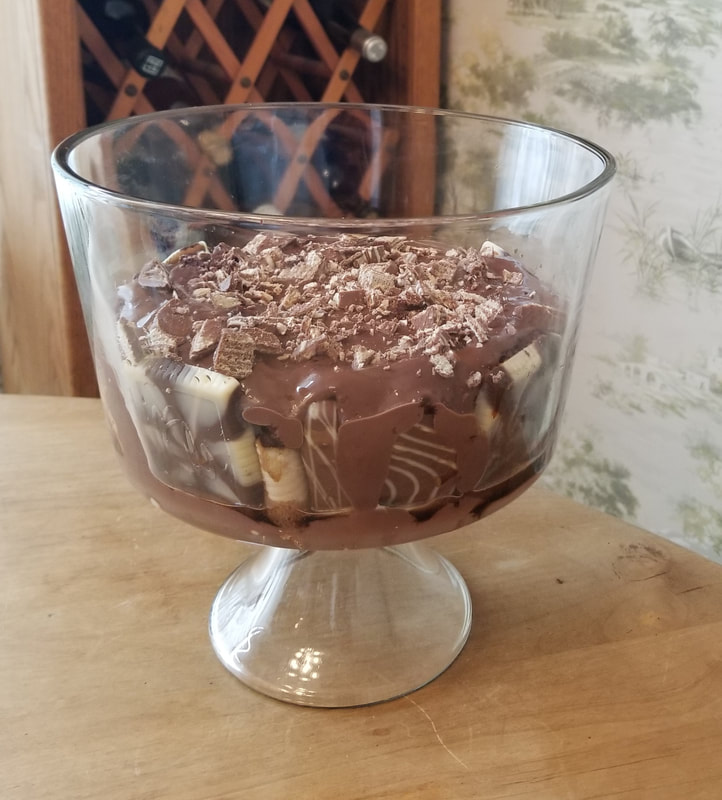




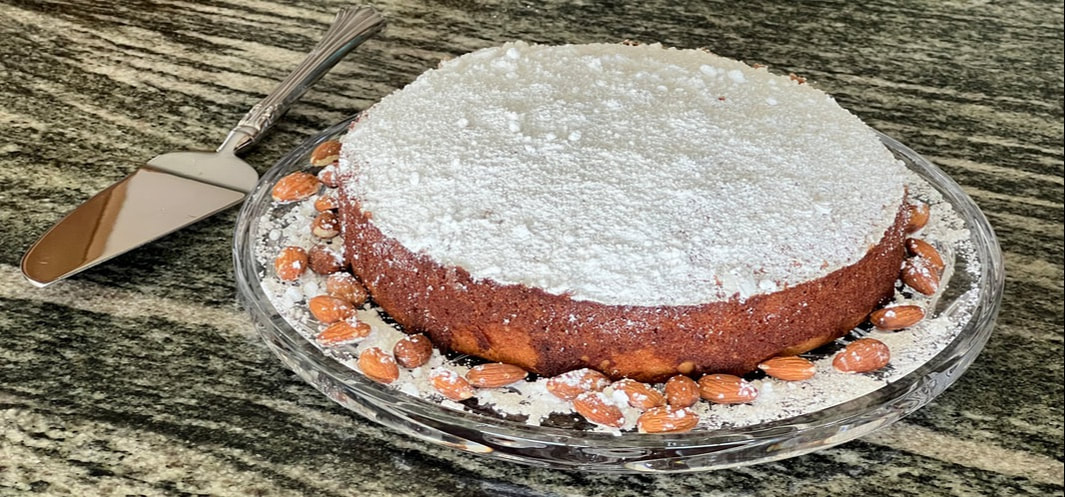




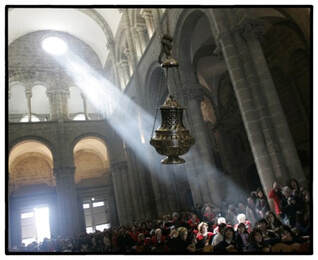


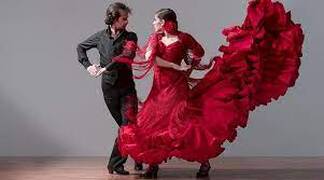
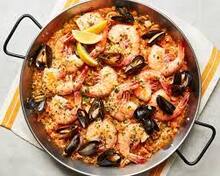
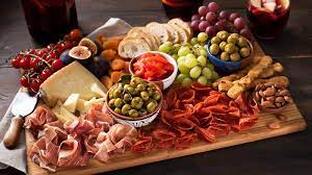

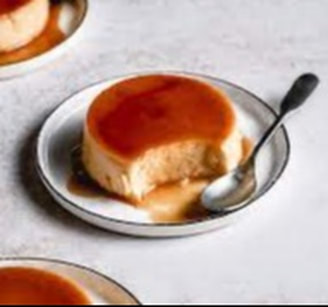

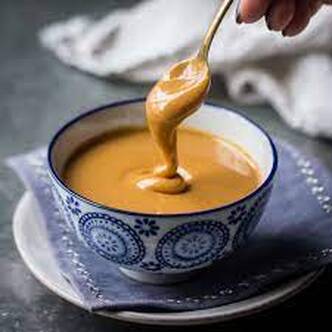
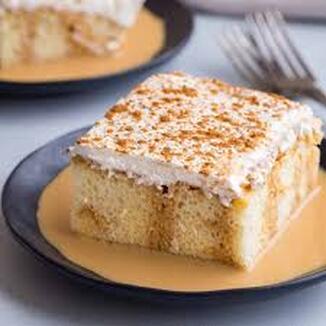

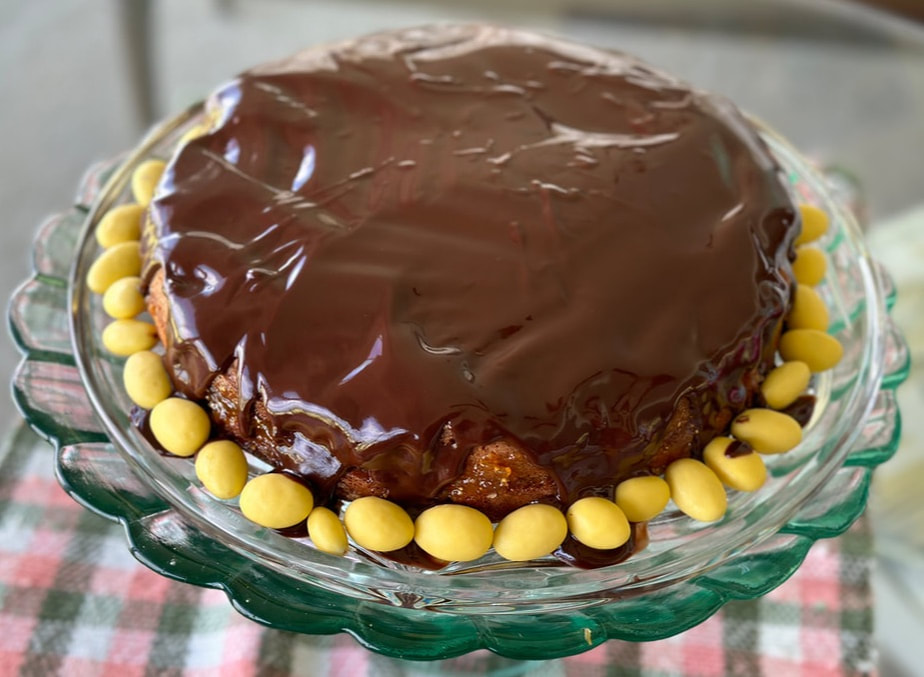
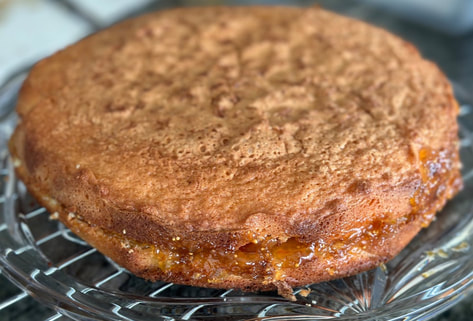




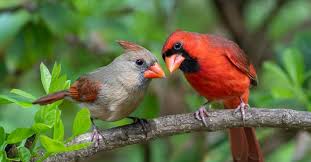
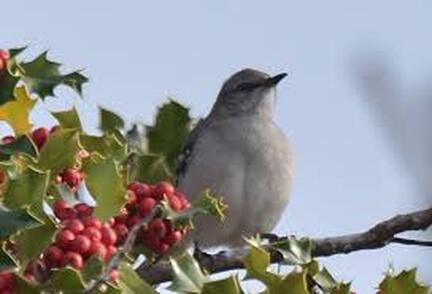
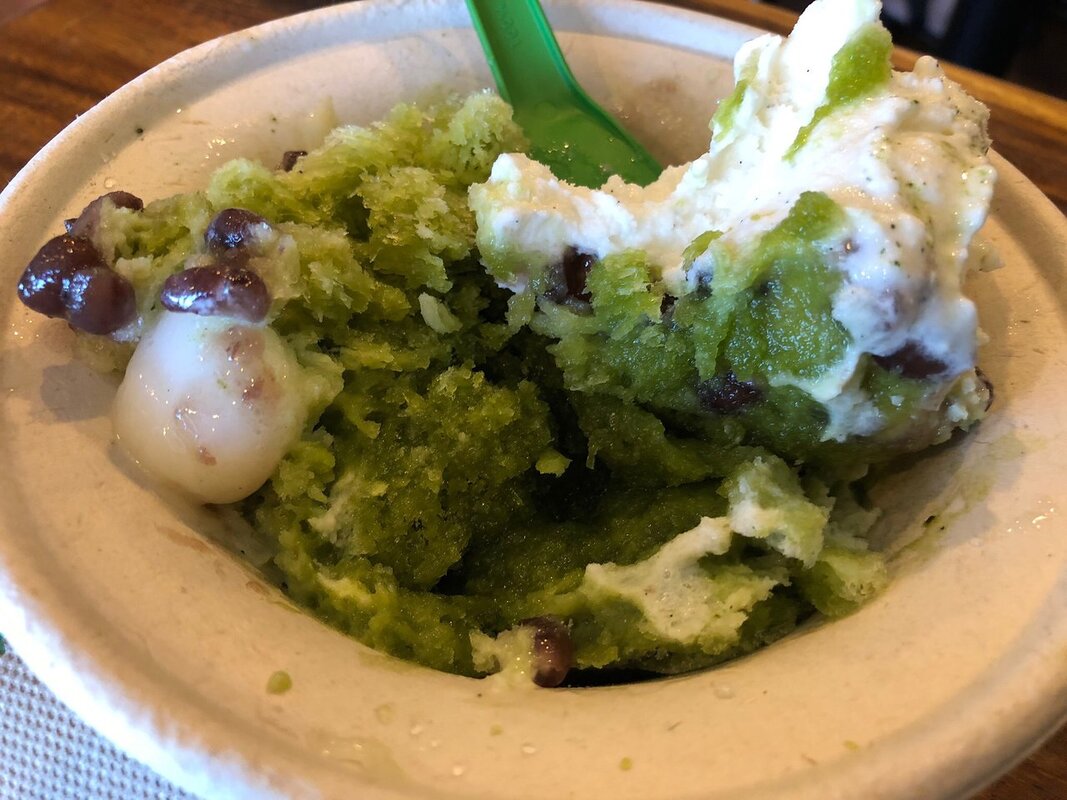
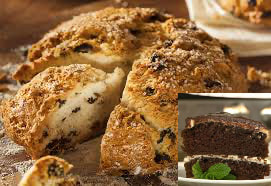

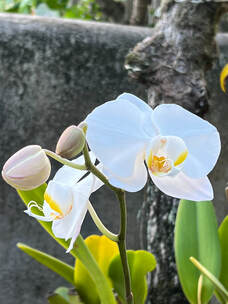
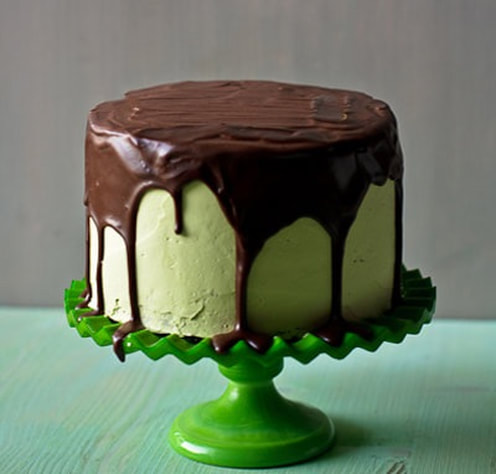
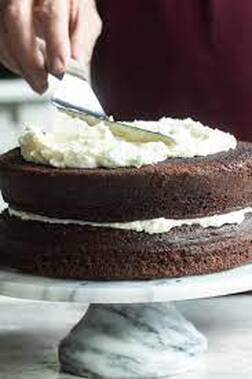
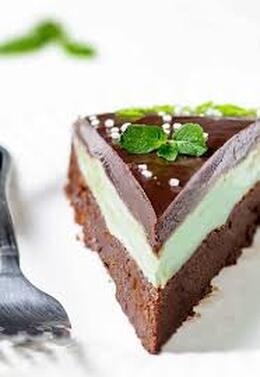




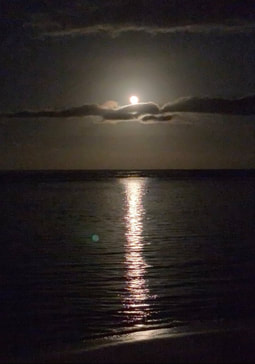

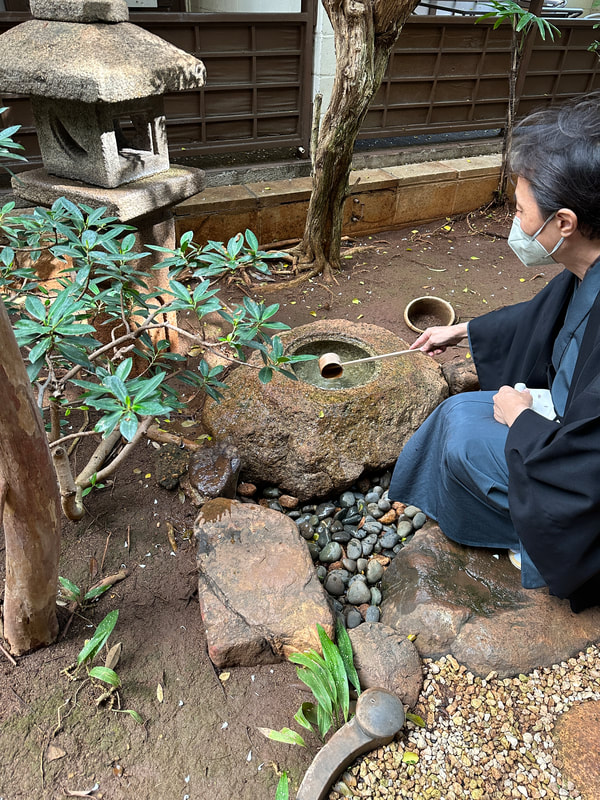
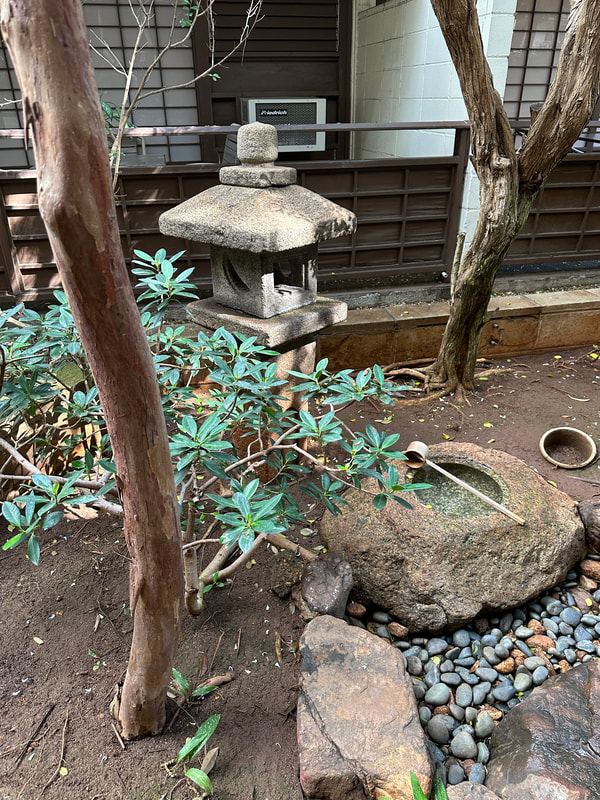
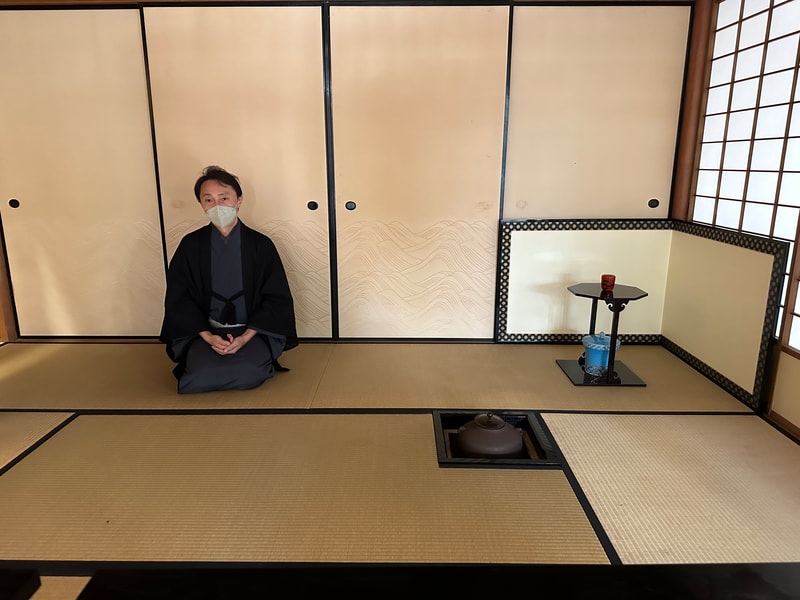
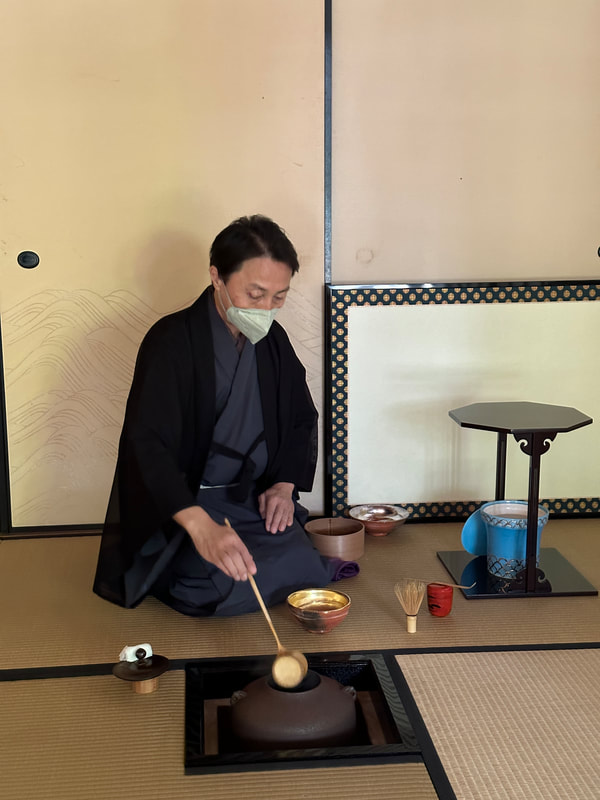
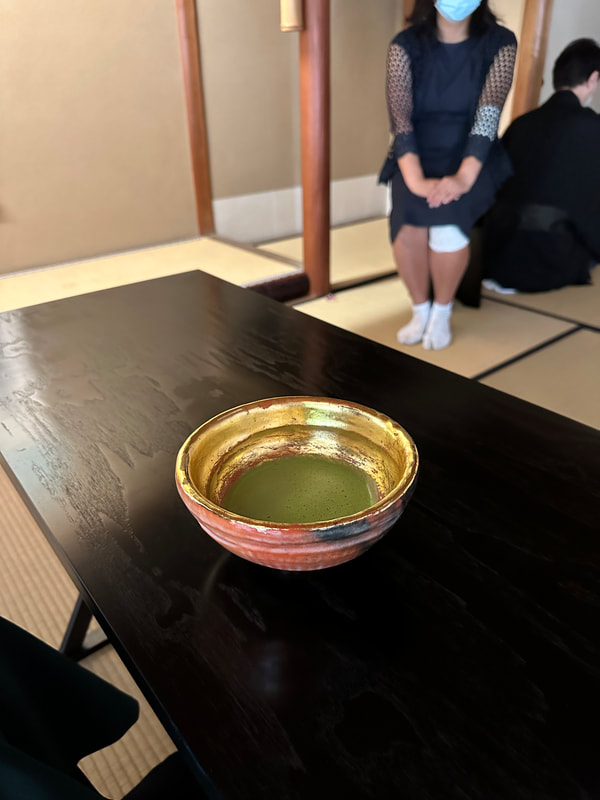
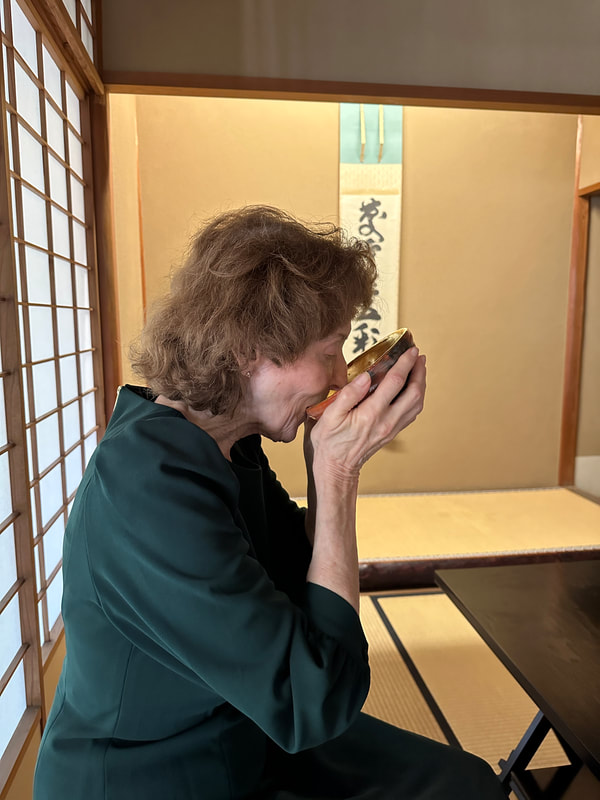
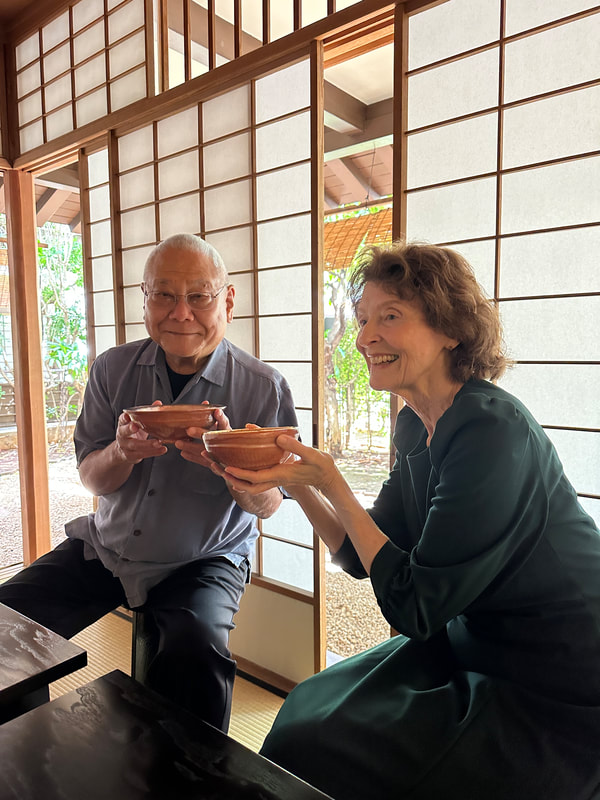
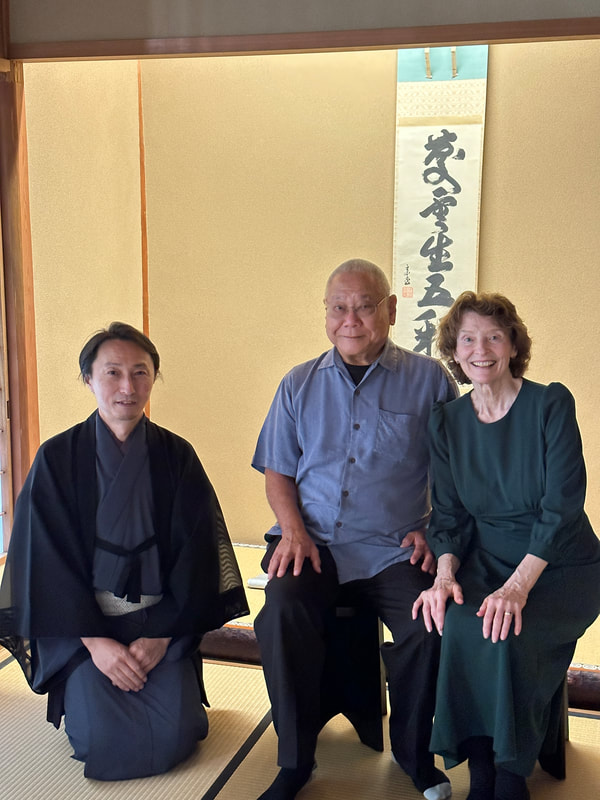
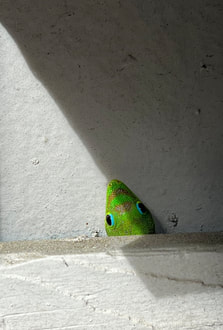

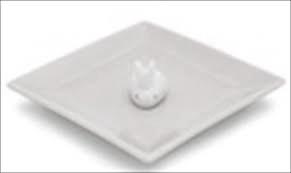
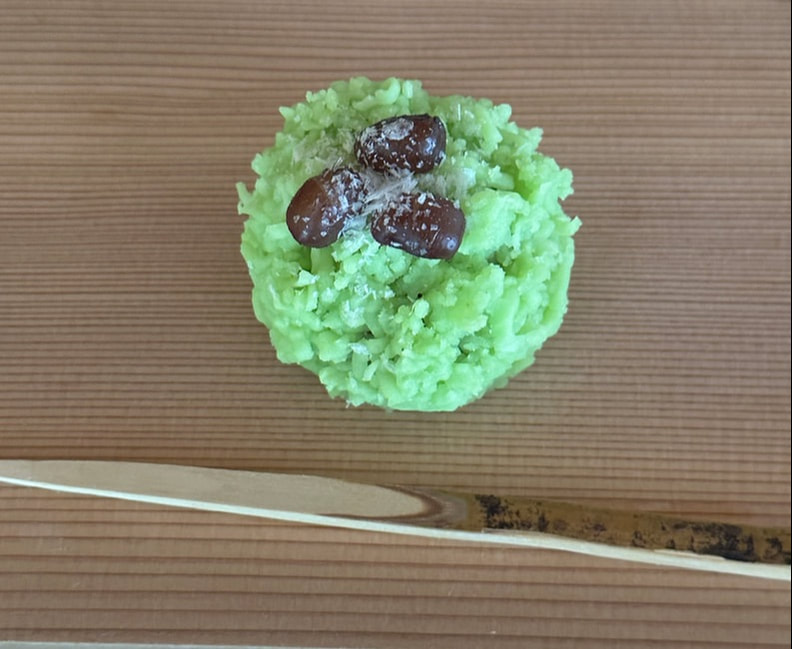
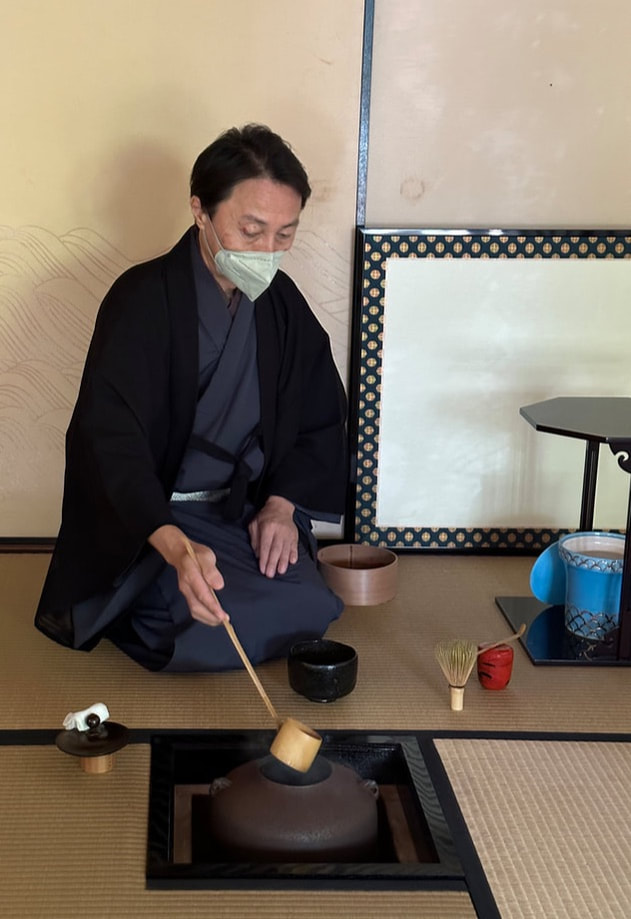







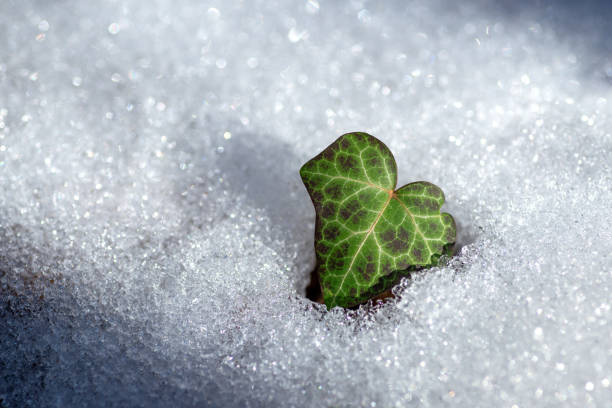



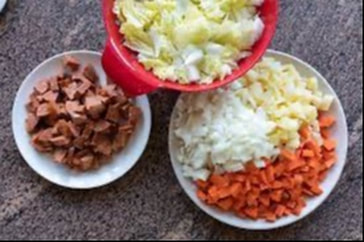


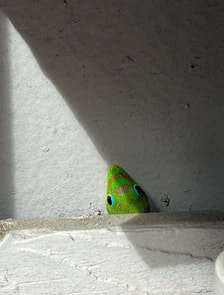

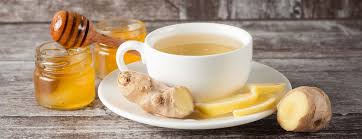

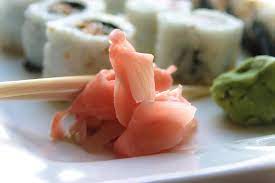






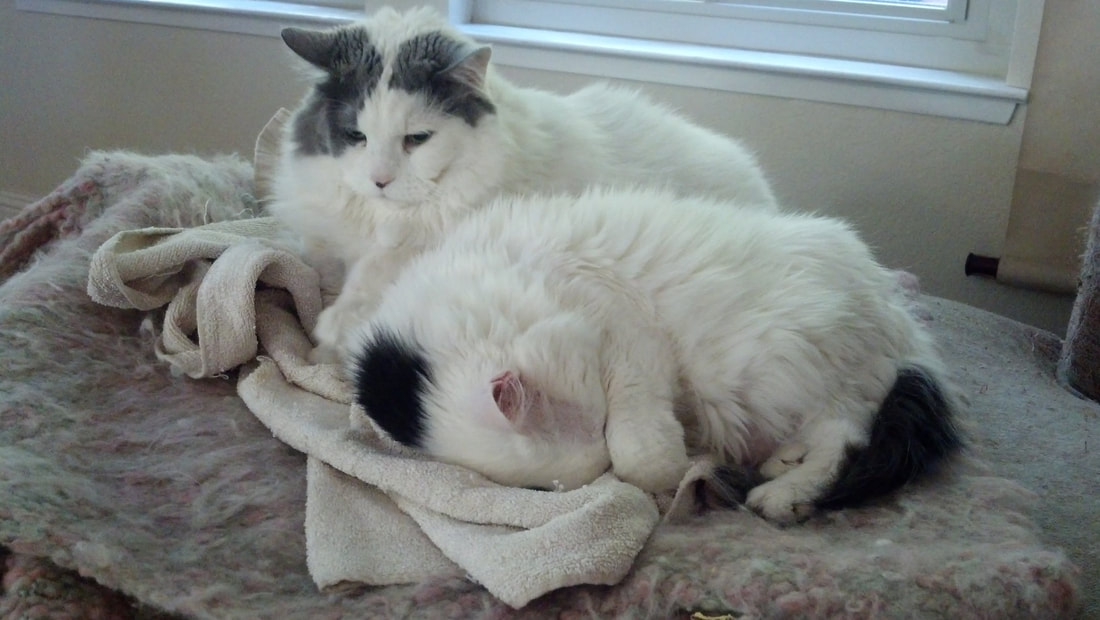
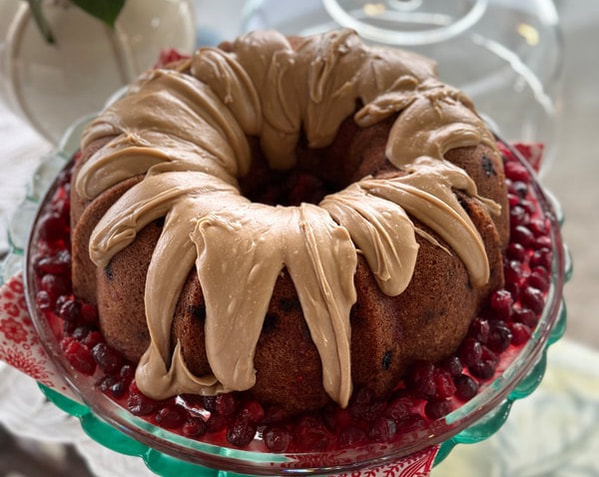
 RSS Feed
RSS Feed